Libros

II Consenso Latinoamericano de Obesidad 2017
Este II Consenso Latinoamericano de Obesidad ha sido redactado por los países miembros de la Federación Latinoamericana de Sociedades de Obesidad (FLASO), siendo de su propiedad intelectual y responsable del contenido expresado.
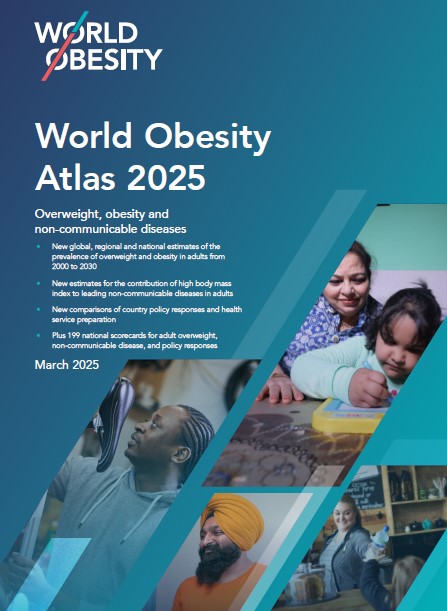
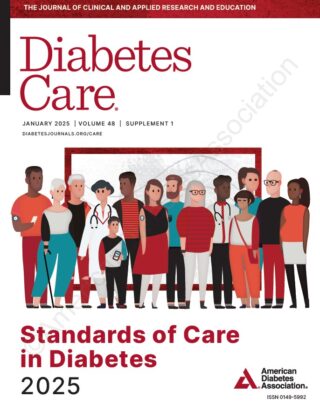
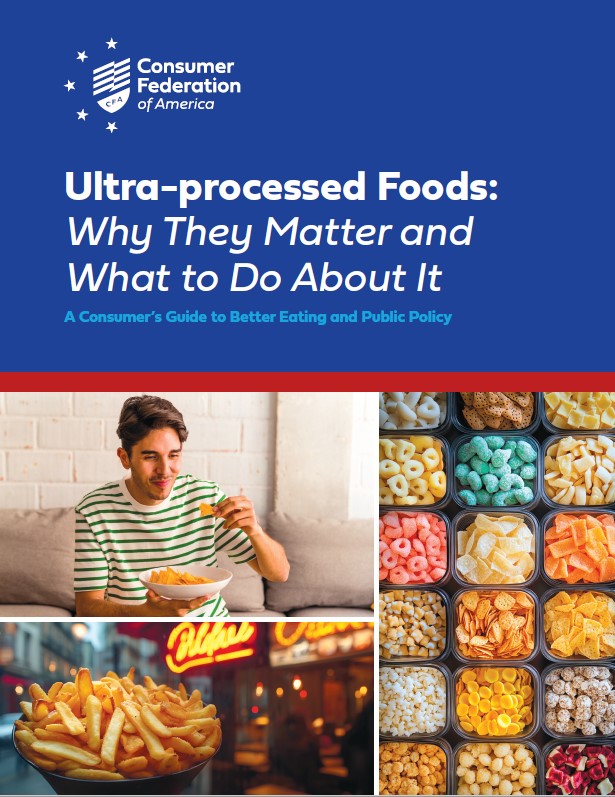
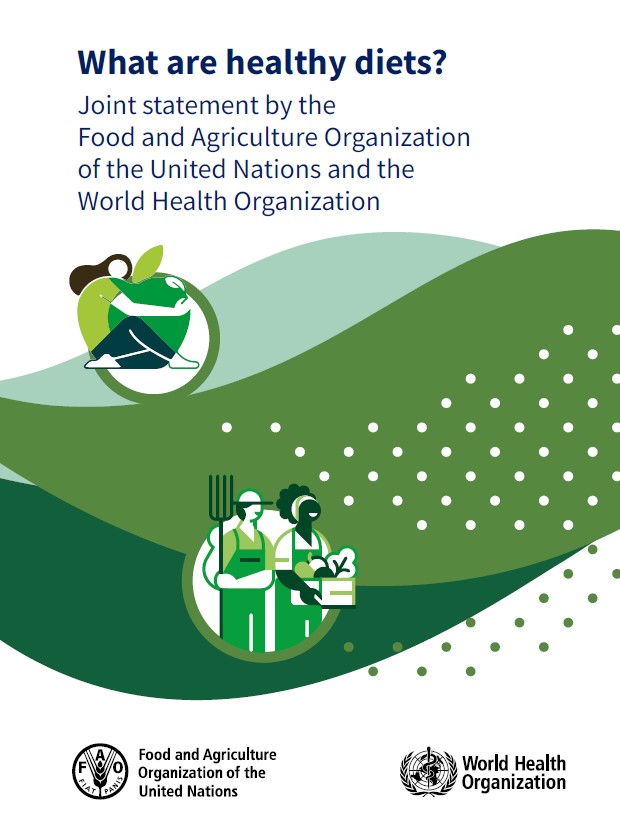
What are healthy diets? Joint statement by the Food and Agriculture Organization of the United Nations and the World Health Organization
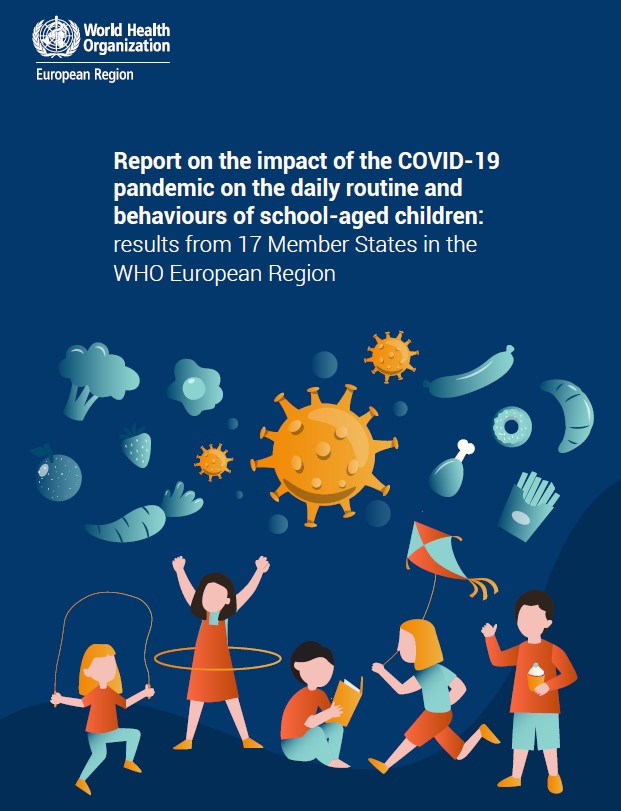
Report on the impact of the COVID-19 pandemic on the daily routine and behaviours of school-aged children: results from 17 Member States in the WHO European Region
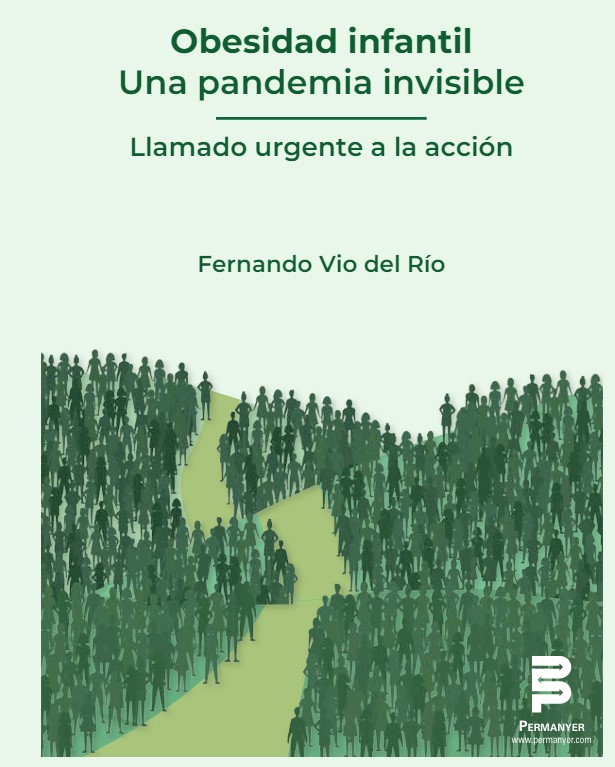
Obesidad infantil Una pandemia invisible
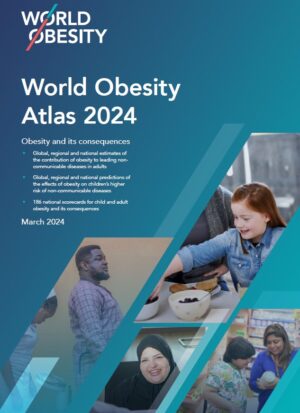
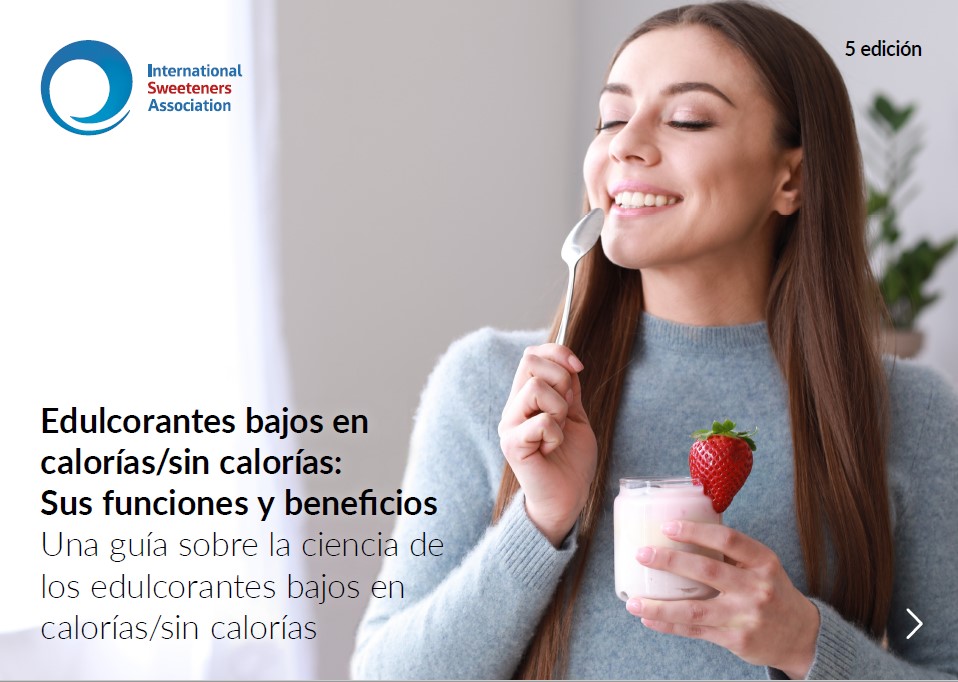
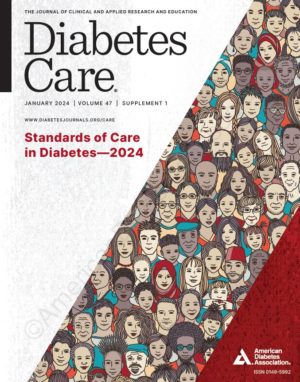
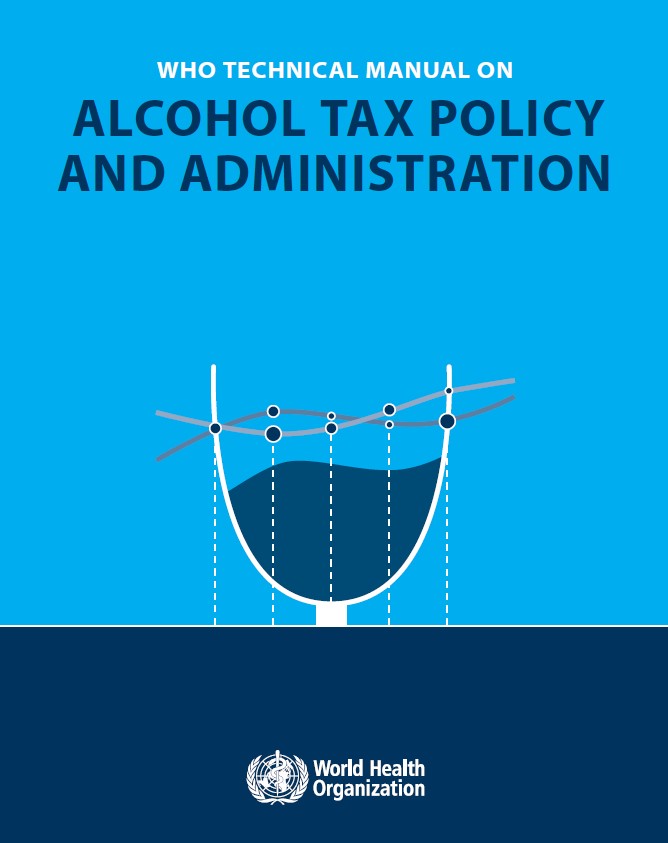
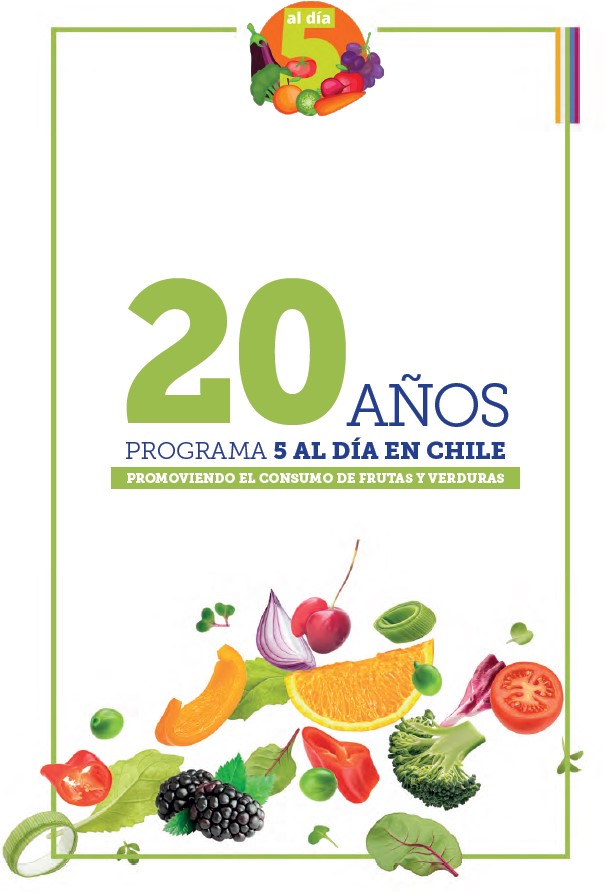
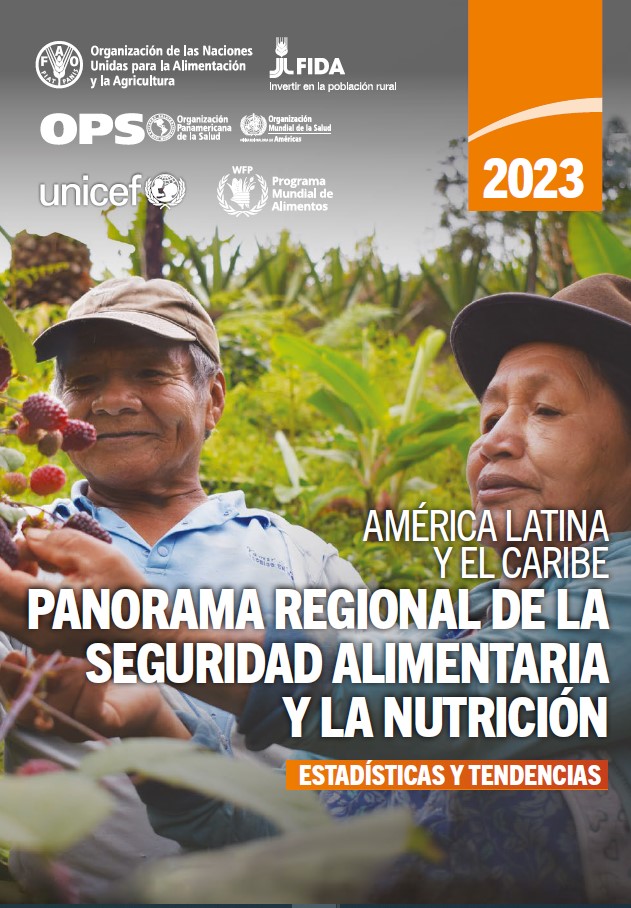
América Latina y el Caribe – Panorama Regional de la Seguridad Alimentaria y la Nutrición 2023

WHO Guideline for complementary feeding of infants and young children 6-23 months of age
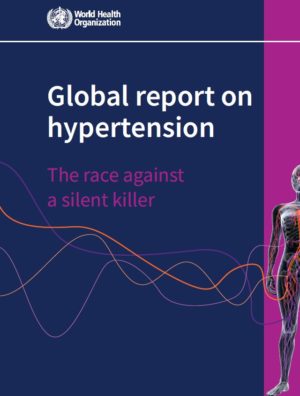
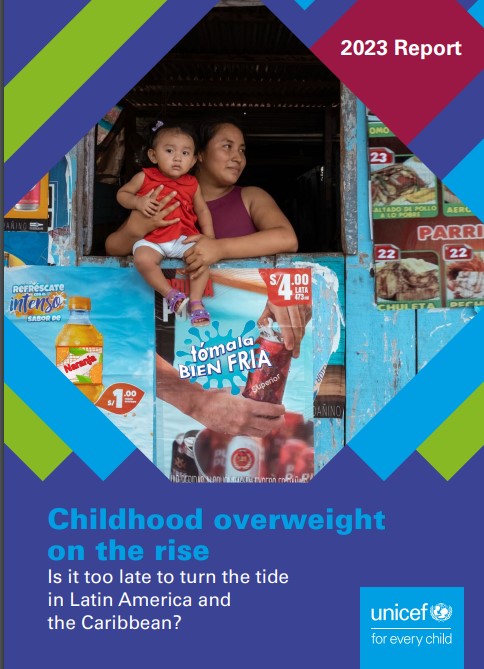
Childhood overweight on the rise – Is it too late to turn the tide in Latin America and the Caribbean?
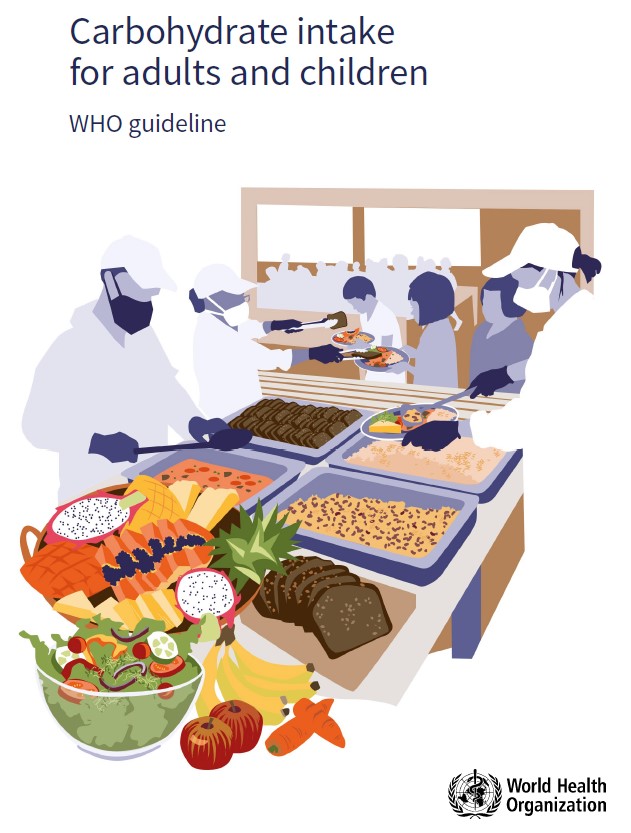
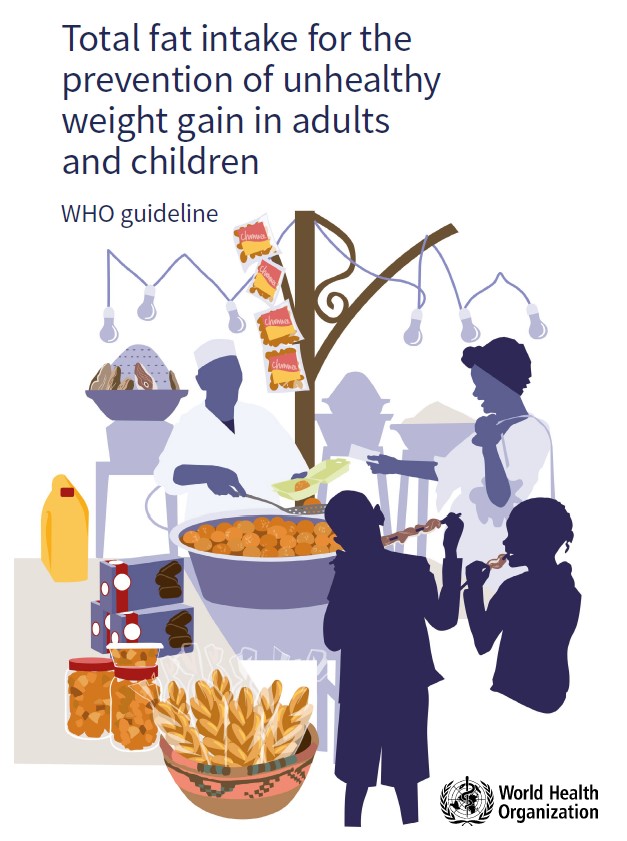
Total fat intake for the prevention of unhealthy weight gain in adults and children: WHO guideline
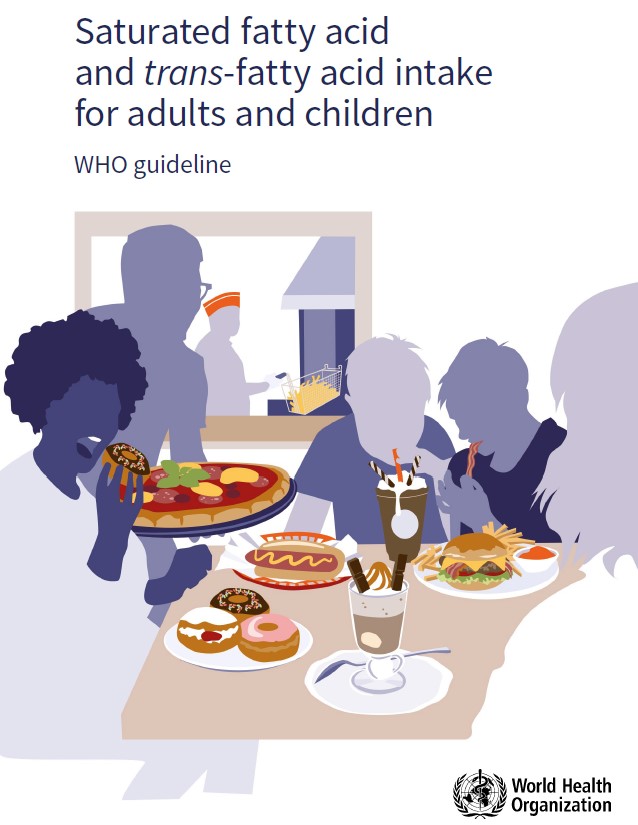
Saturated fatty acid and trans-fatty acid intake for adults and children: WHO guideline
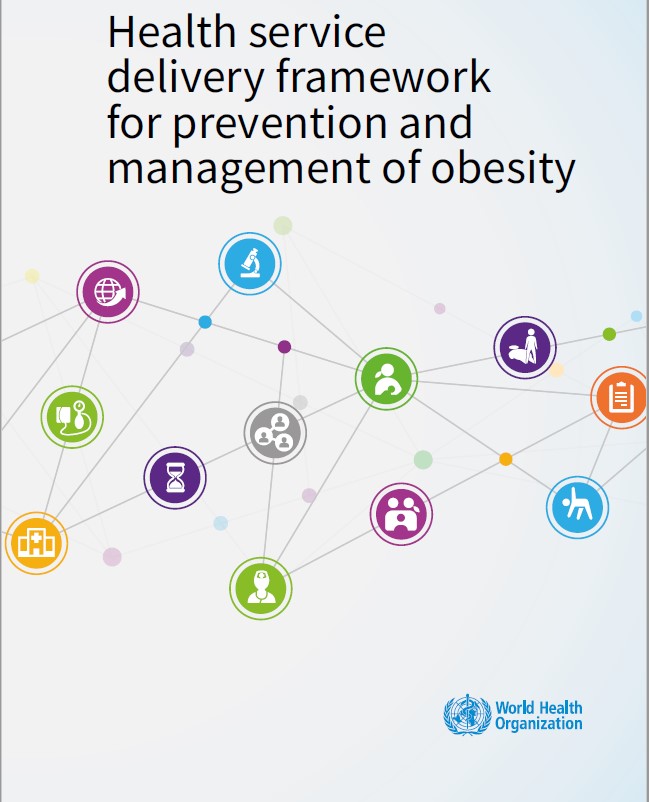
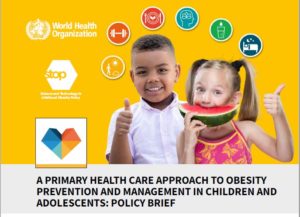
A primary health care approach to obesity prevention and management in children and adolescents: policy brief
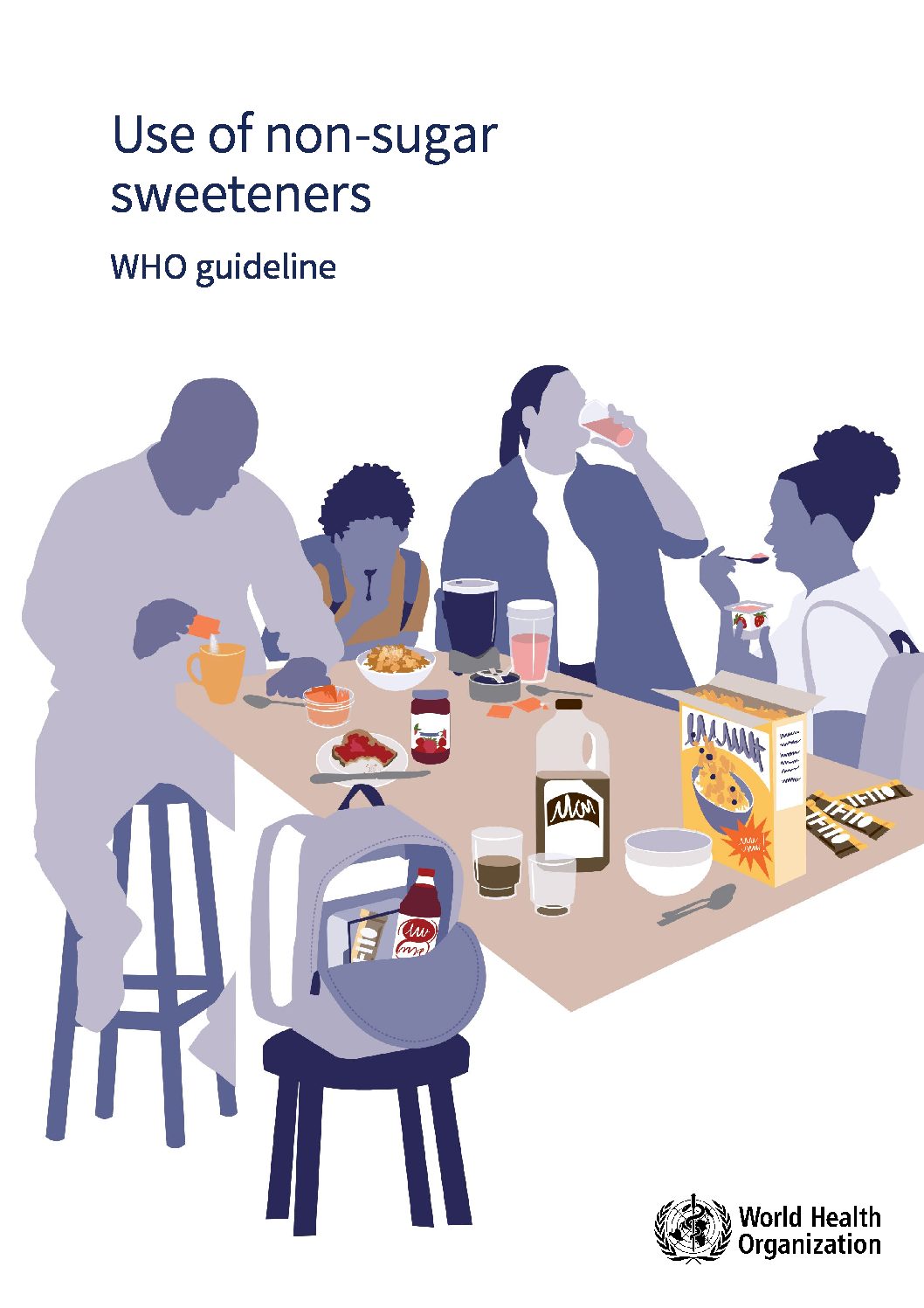
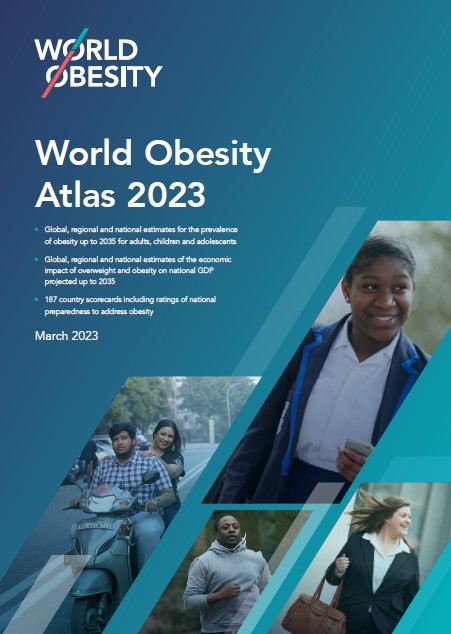
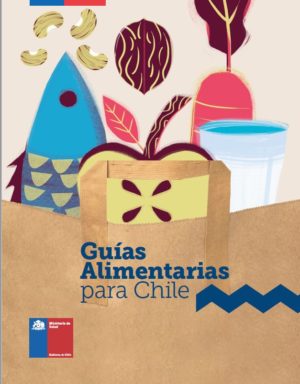
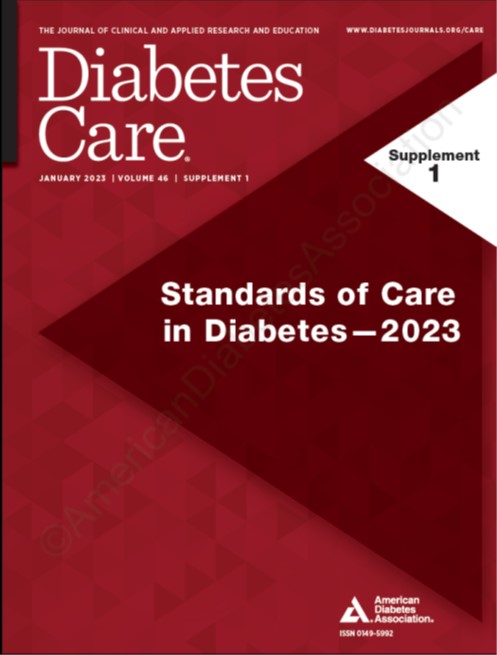
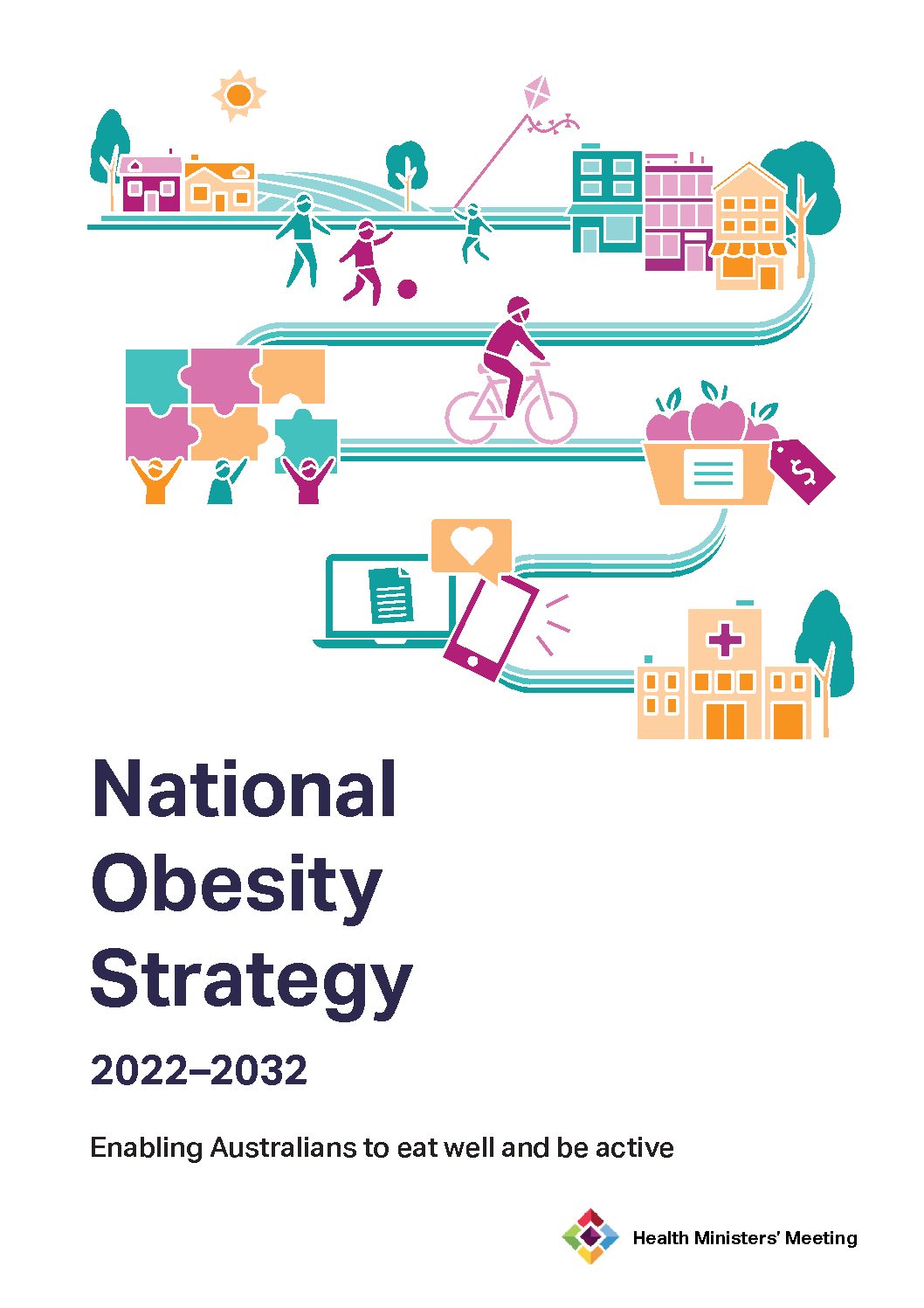
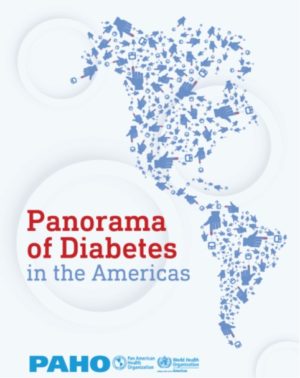
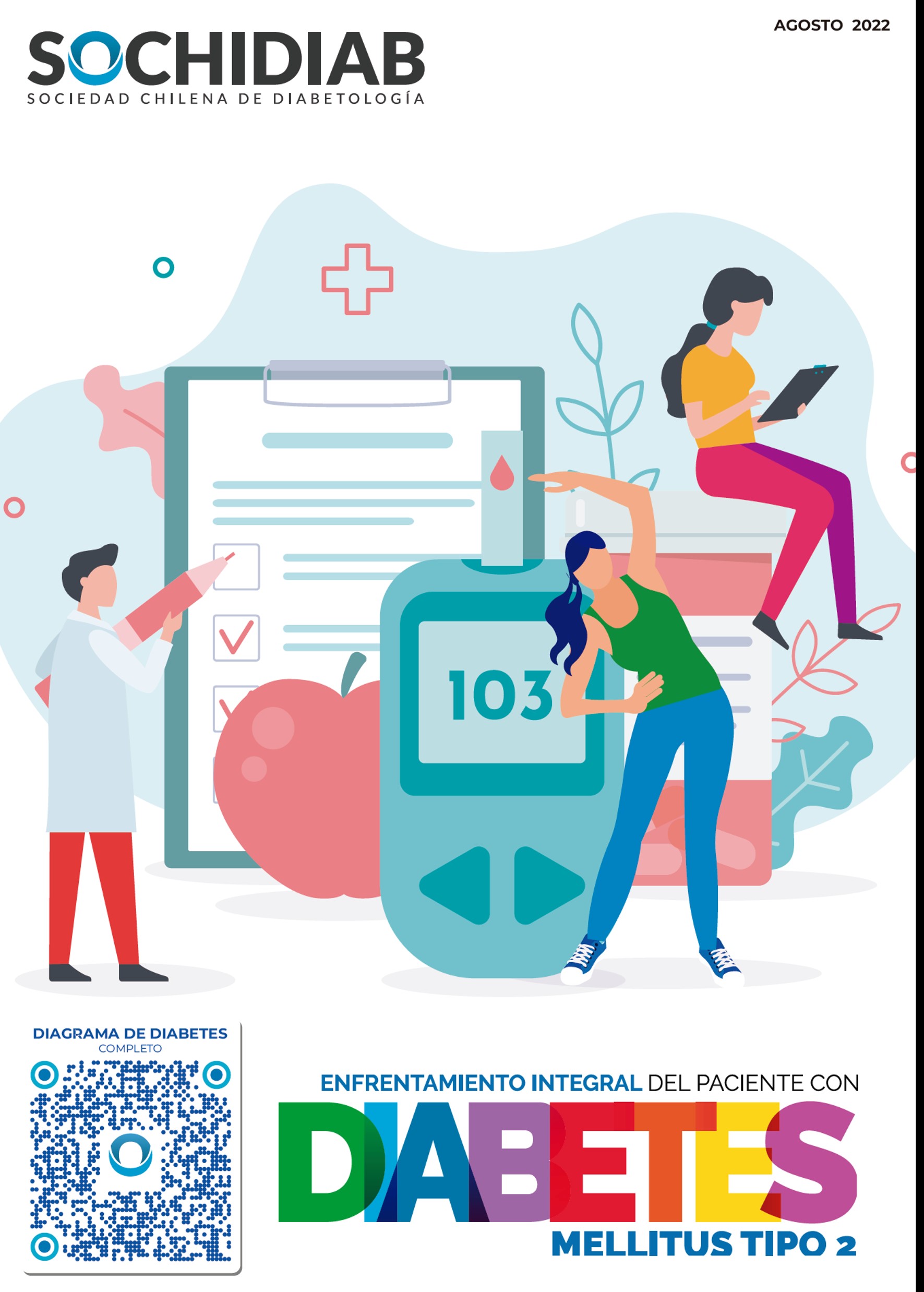
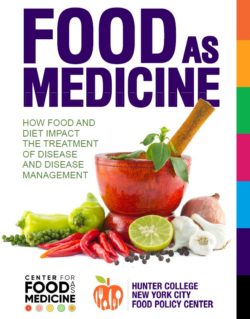
Food As Medicine: How Food and Diet Impact the Treatment of Disease and Disease Management
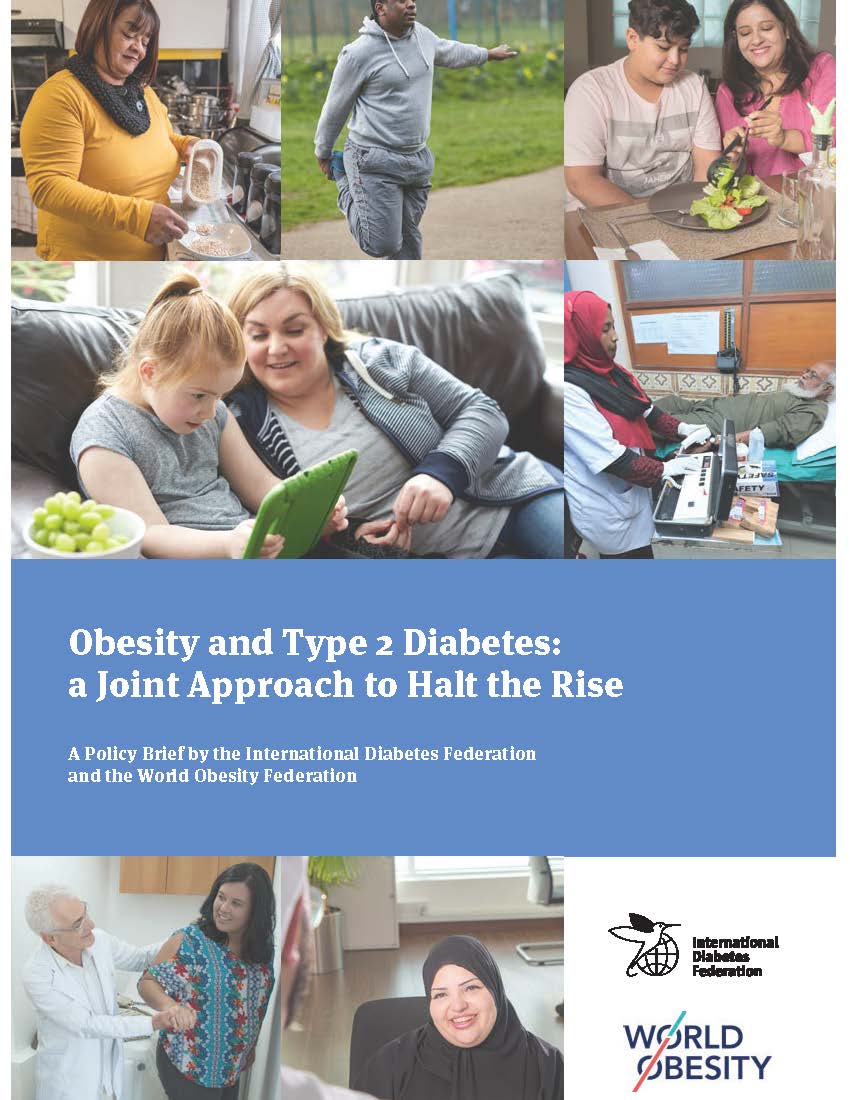
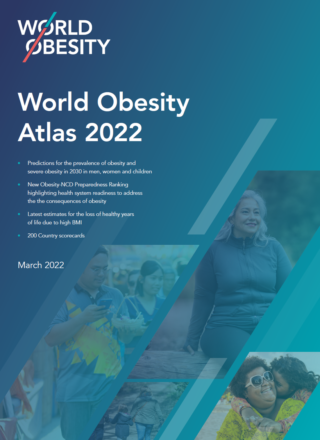
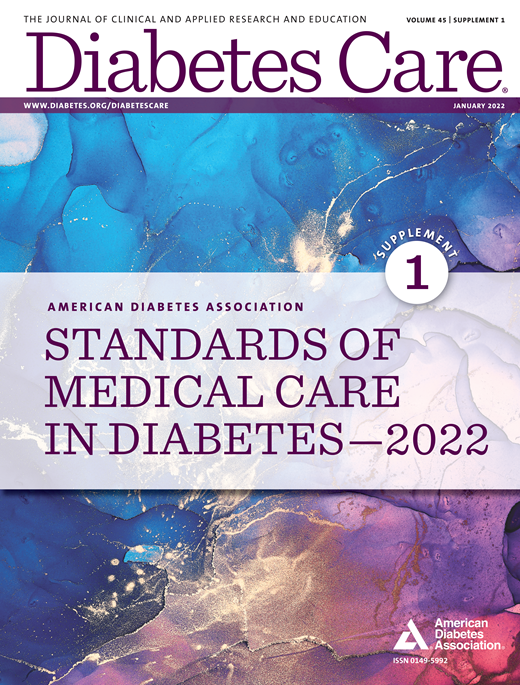
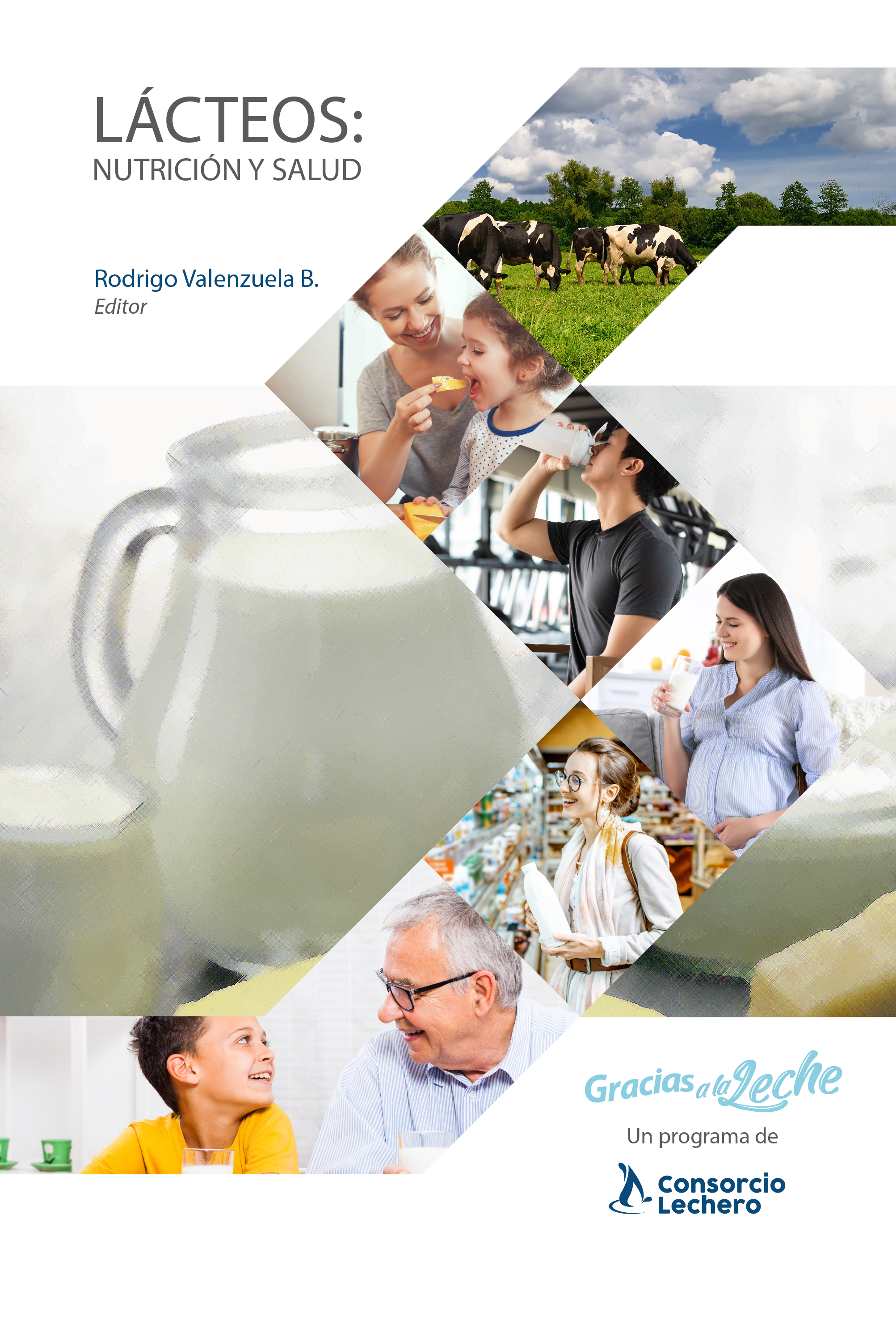
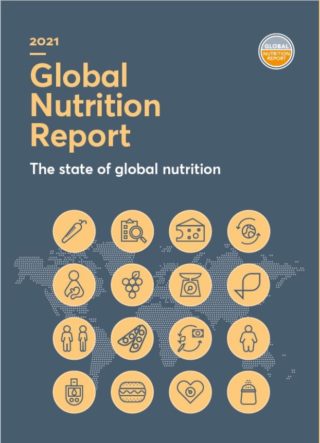
The 2021 Global Nutrition Report – State of the World’s Nutrition
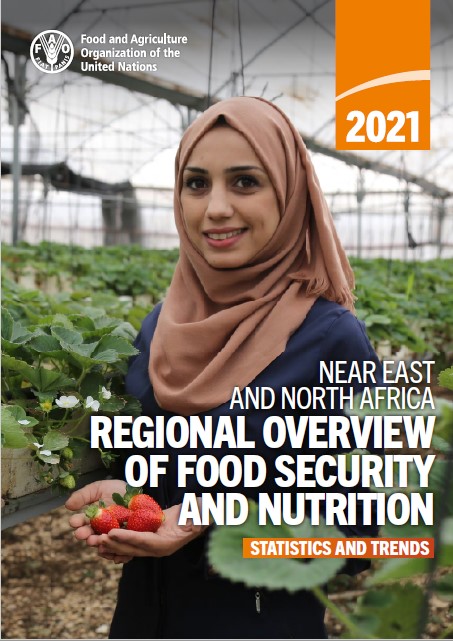
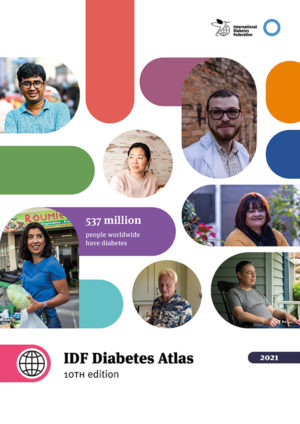
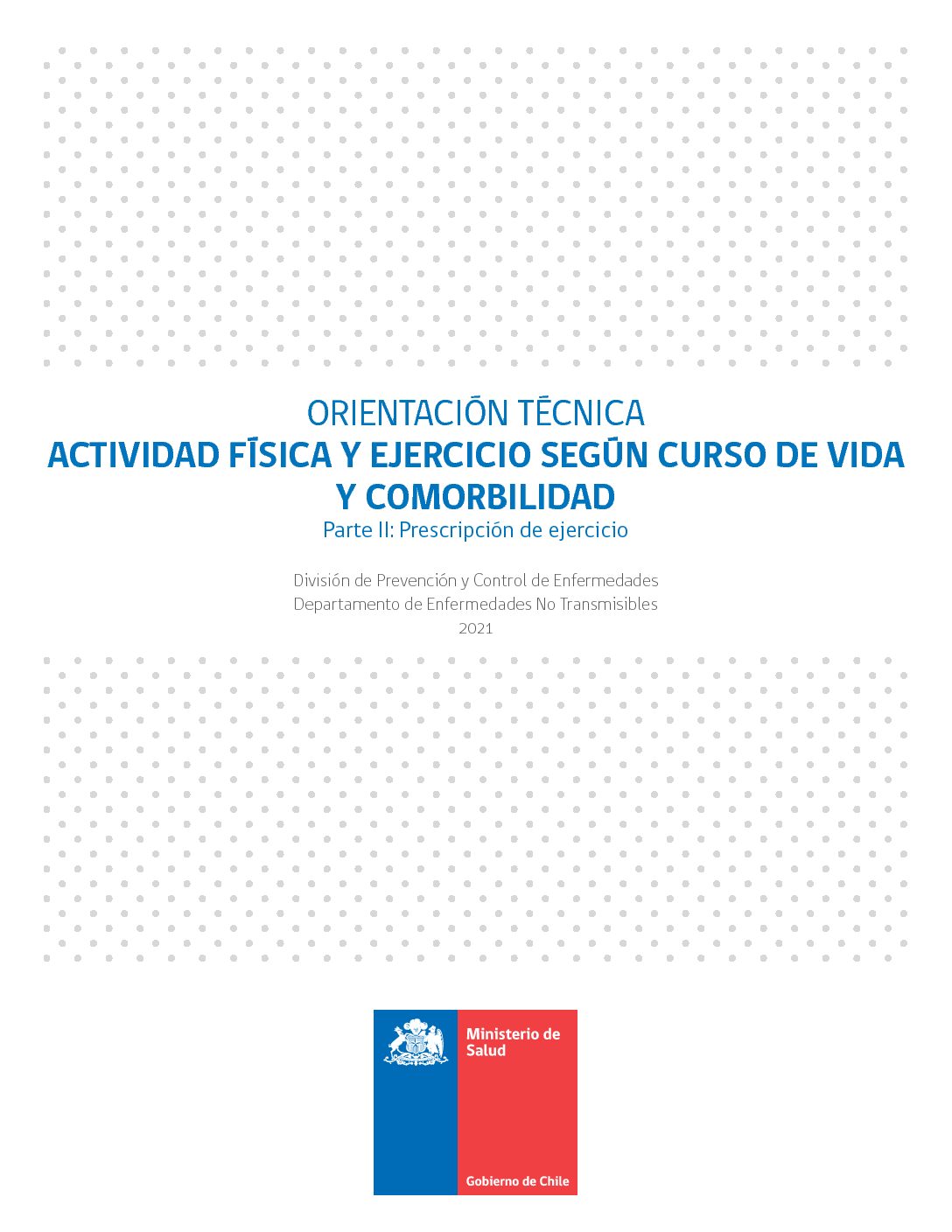
Orientación técnica Actividad física de ejercicio según curso de vida y comorbilidad, Parte II
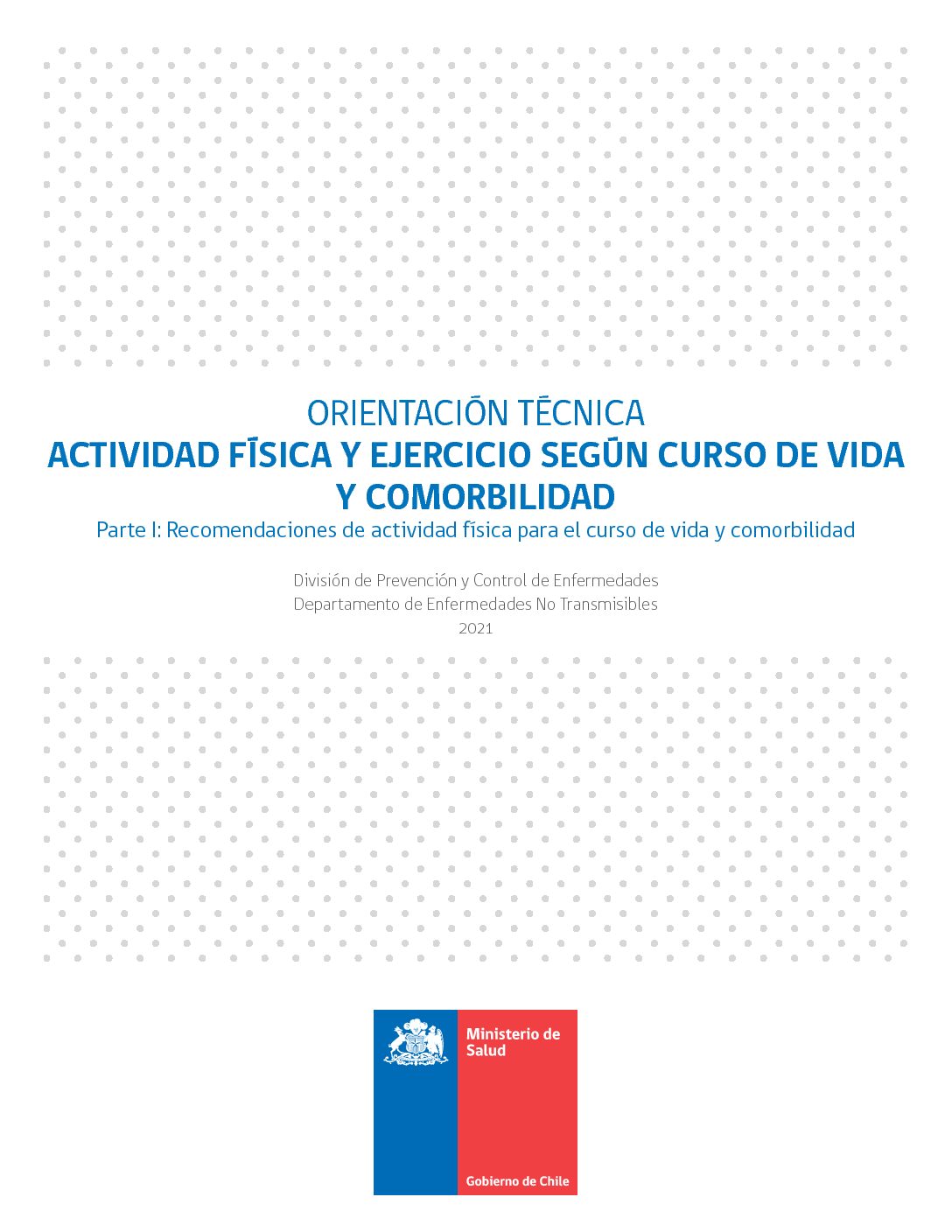
Orientación técnica Actividad física de ejercicio según curso de vida y comorbilidad, Parte I.
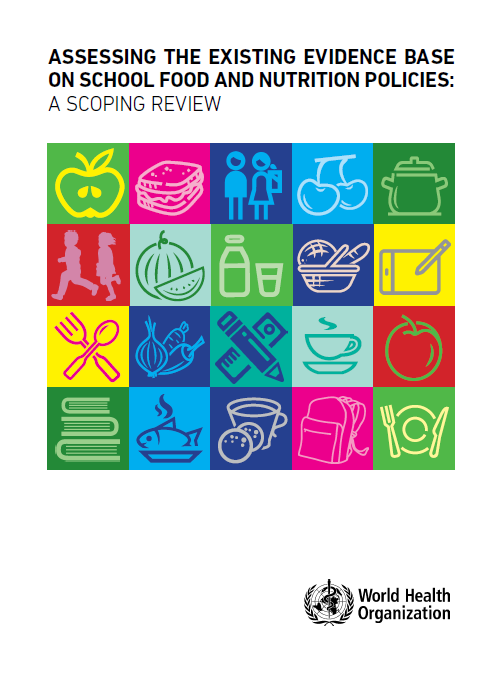
Assessing the existing evidence base on school food and nutrition policies: a scoping review
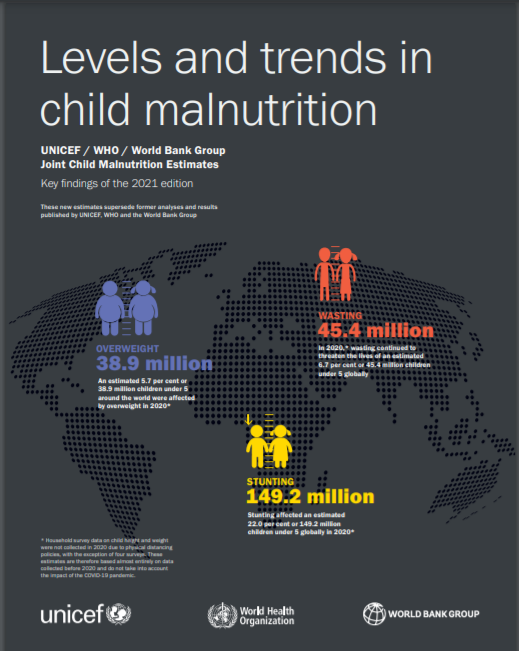
UNICEF/WHO/The World Bank Group joint child malnutrition estimates: levels and trends in child malnutrition: key findings of the 2021 edition
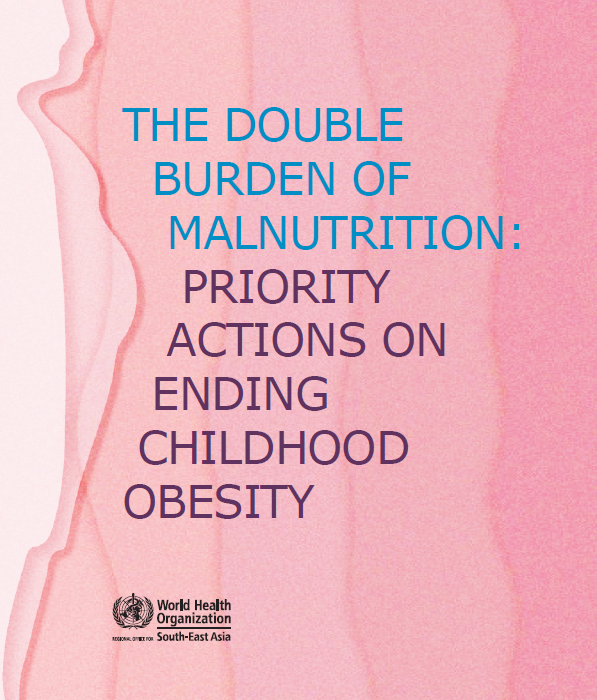
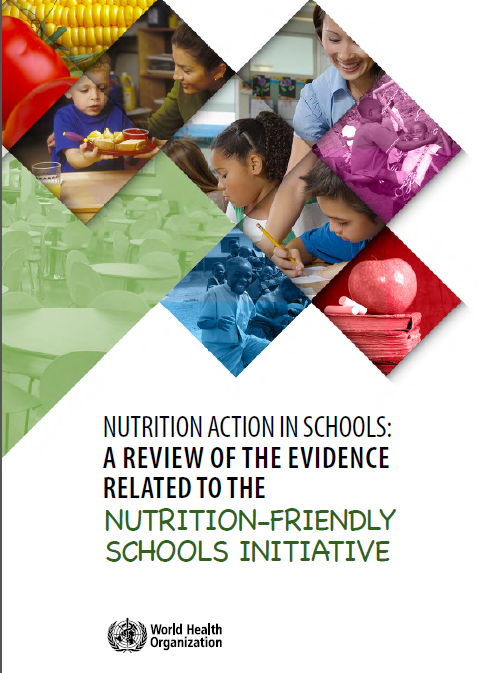
Nutrition action in schools: a review of evidence related to the nutrition-friendly schools initiative
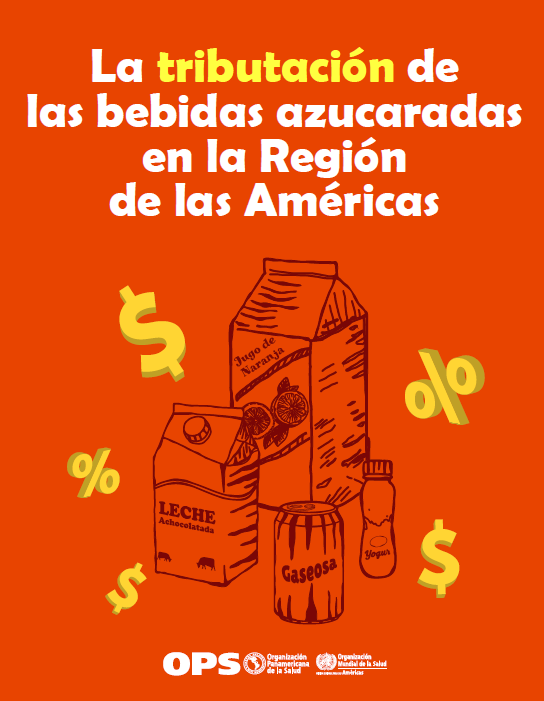
La tributación de las bebidas azucaradas en la Región de las Américas
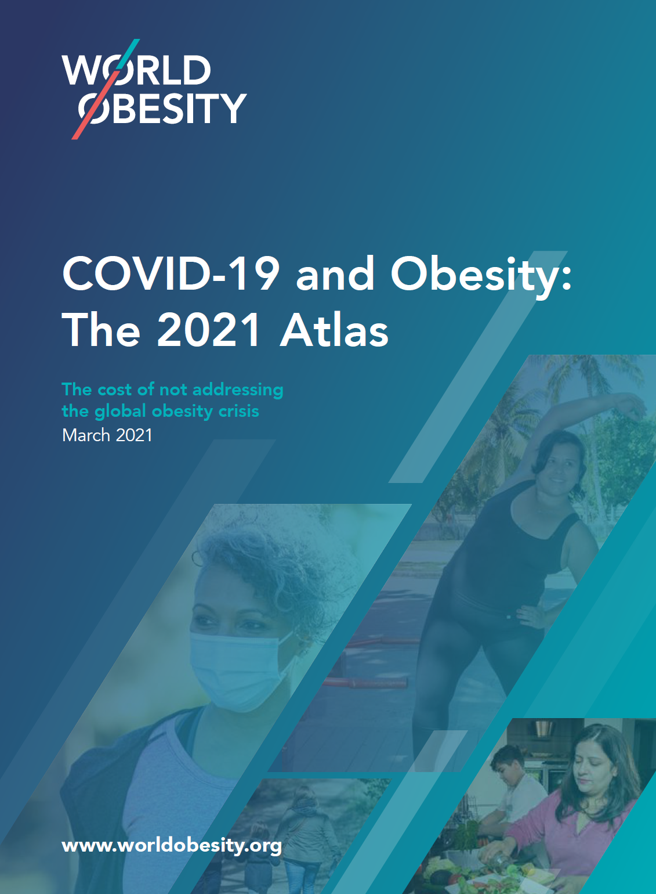
COVID-19 and Obesity: The 2021 Atlas
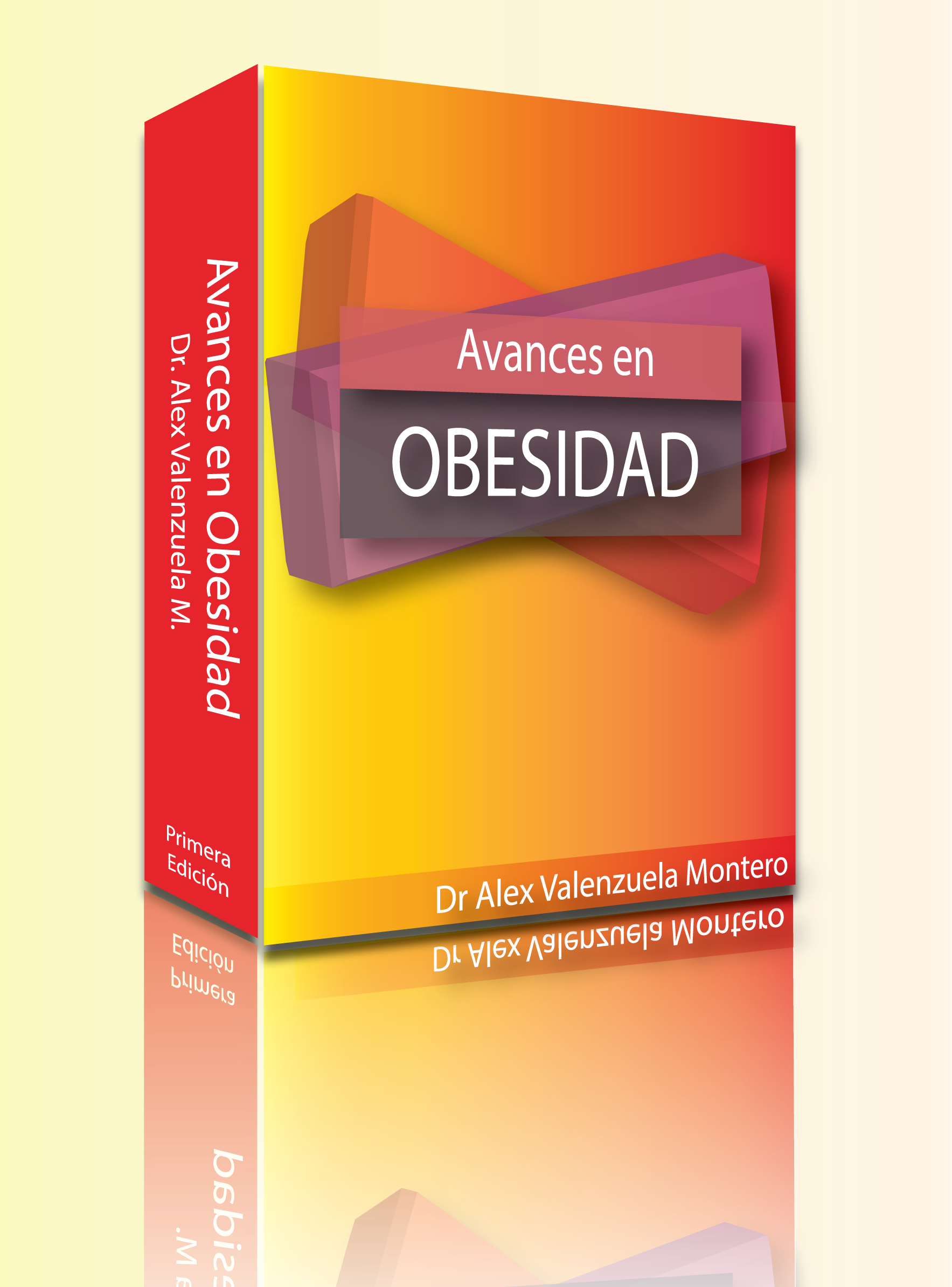
Avances en Obesidad
Avances en Obesidad, en sus más de mil páginas, analiza nuevos conceptos sobre el estado de la investigación actual en el campo de la obesidad, razón por la cual no se encontrarán en él algunos conceptos básicos sobre obesidad y patologías asociadas, los cuales fueron revisados y discutidos en el libro anterior “Obesidad y sus comorbilidades”, siendo en tal sentido una continuación de este último.
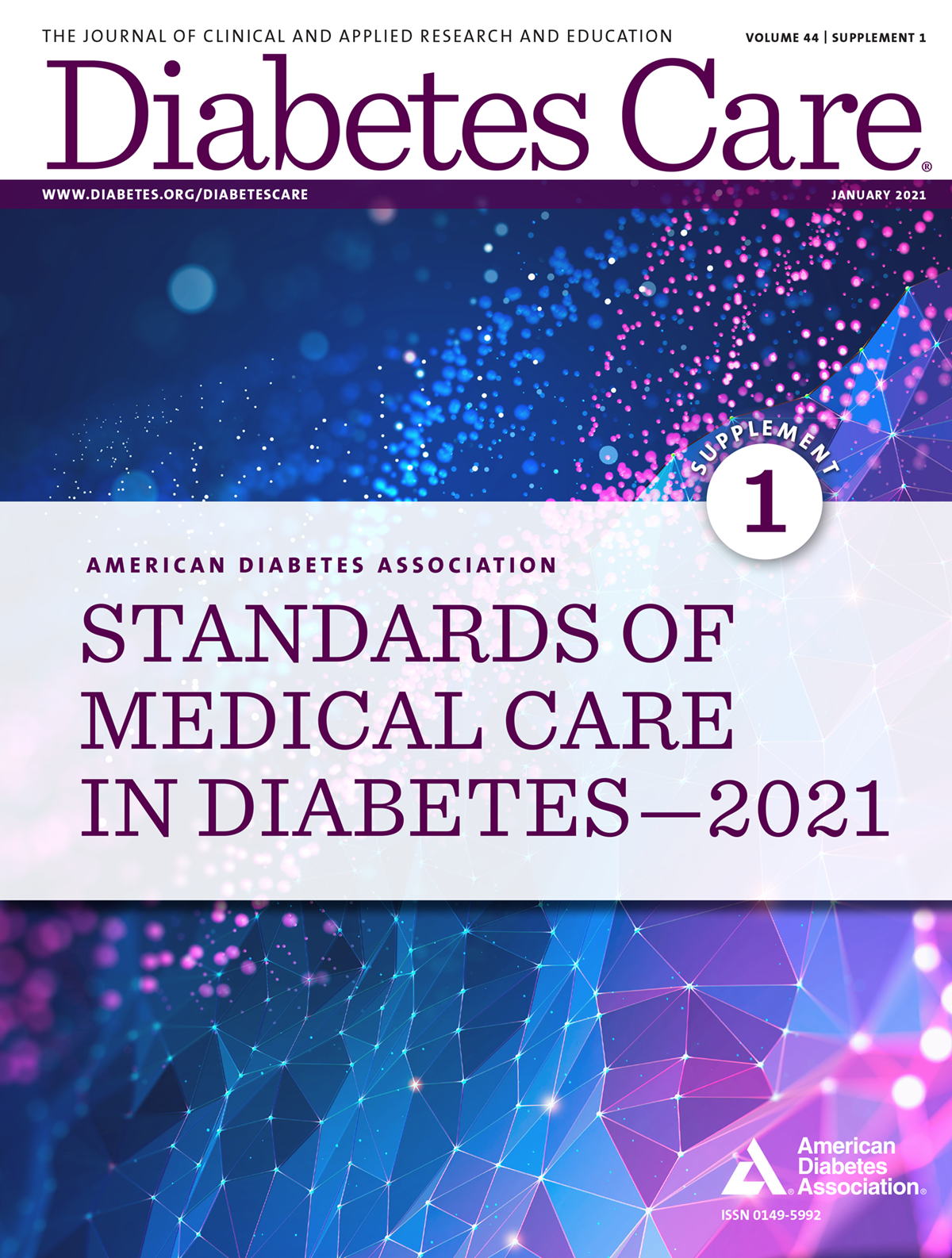
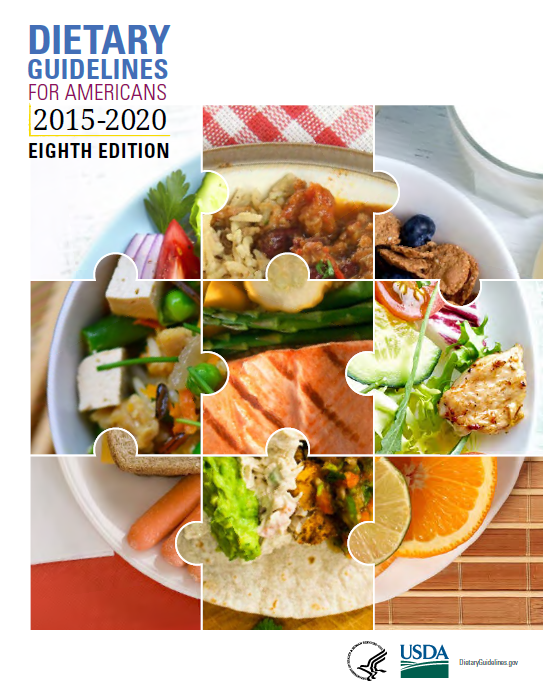
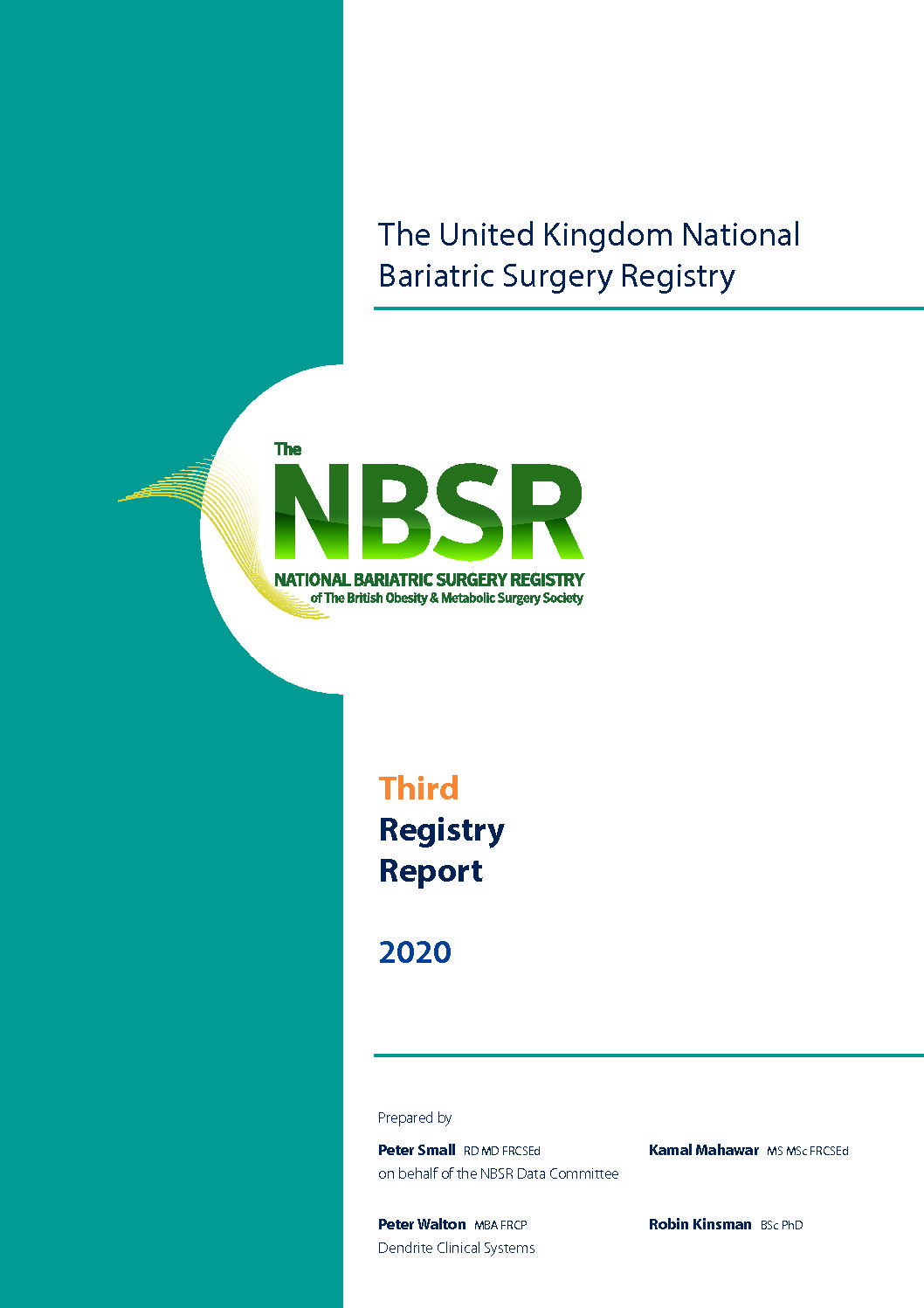
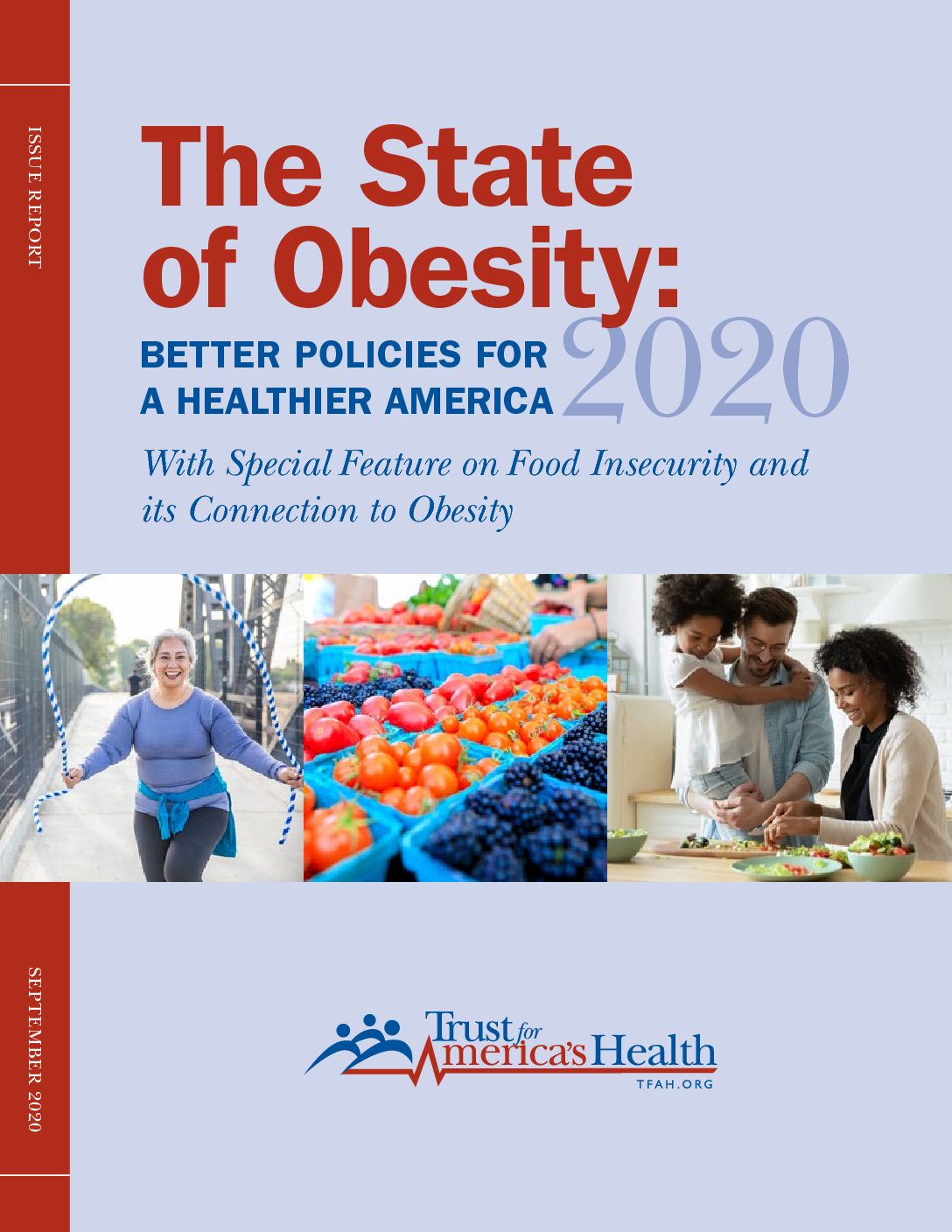
The State of Obesity 2020: Better Policies for a Healthier America
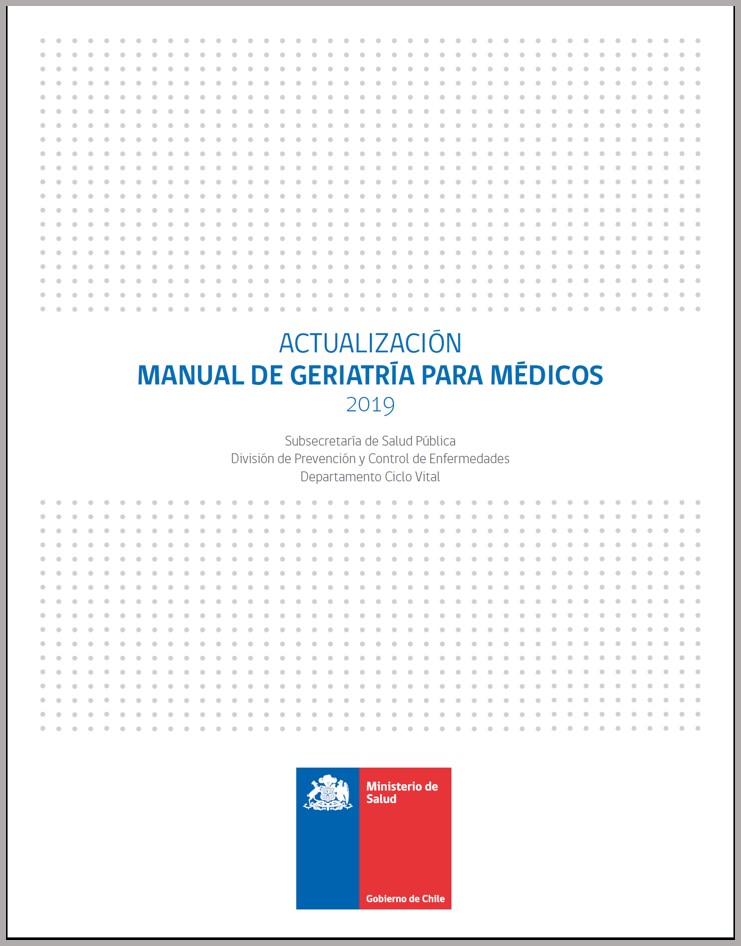
Actualización Manual de Geriatría para Médicos 2019. Ministerio de Salud de Chile
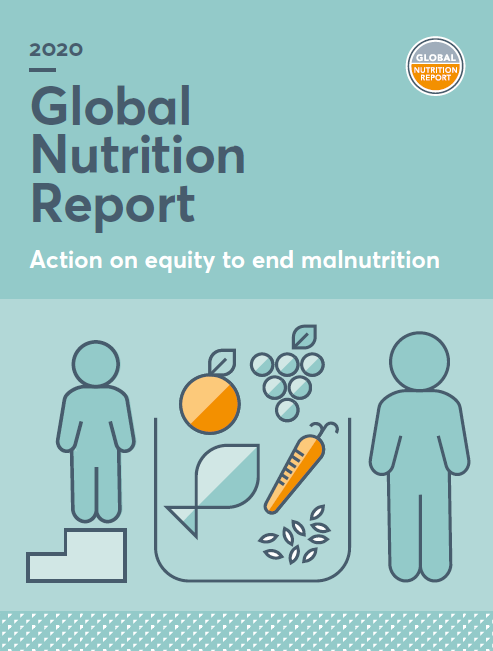
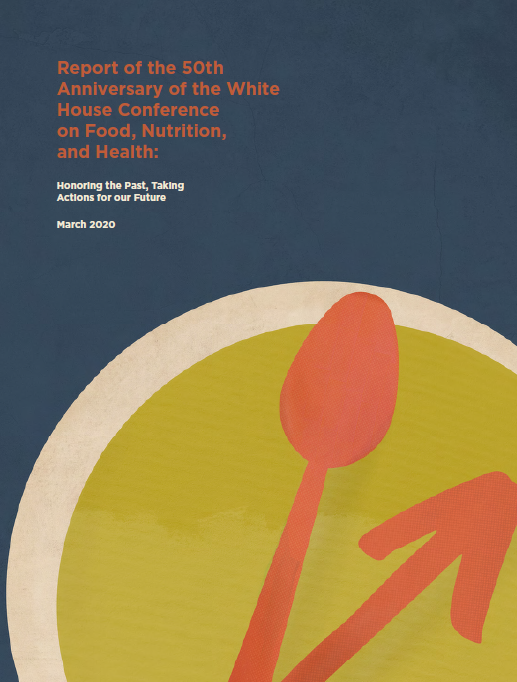
Report of the 50th Anniversary of the White House Conference on Food, Nutrition, and Health
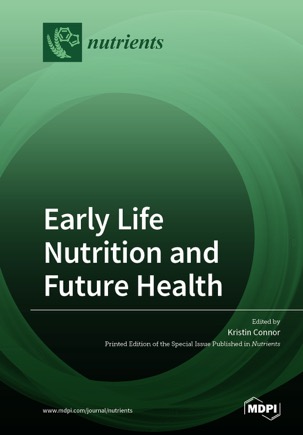
Early Life Nutrition and Future Health
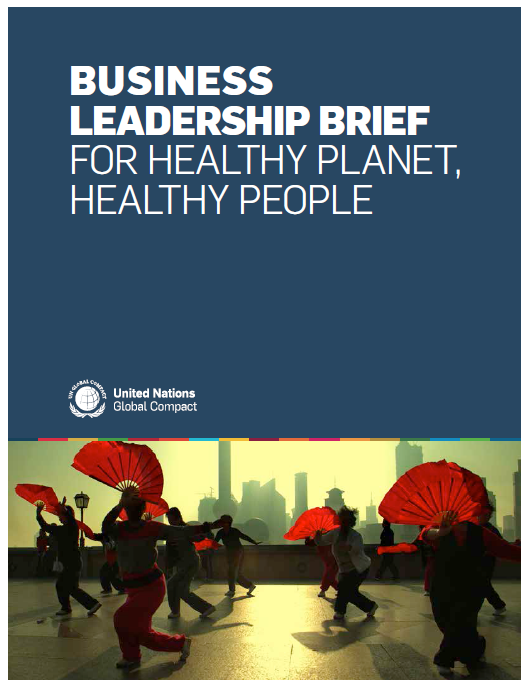
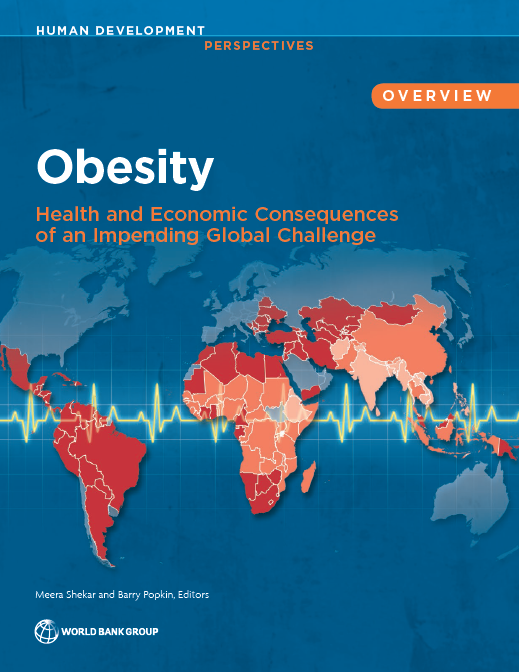
Obesity : Health and Economic Consequences of an Impending Global Challenge
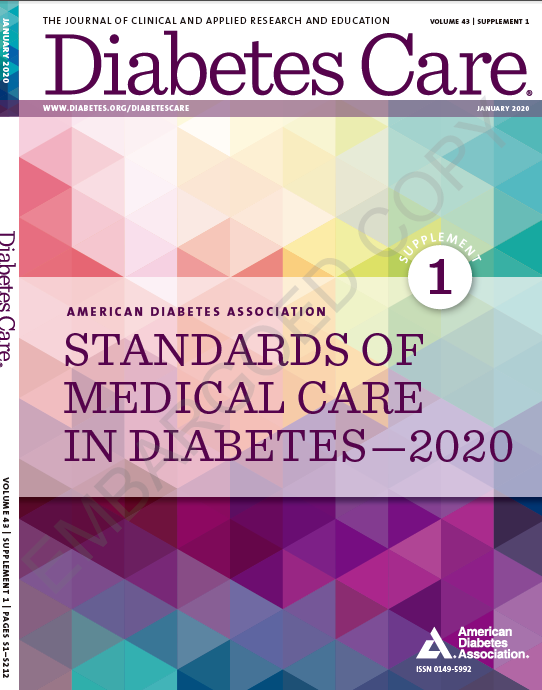
Standards of Medical Care in Diabetes – 2020
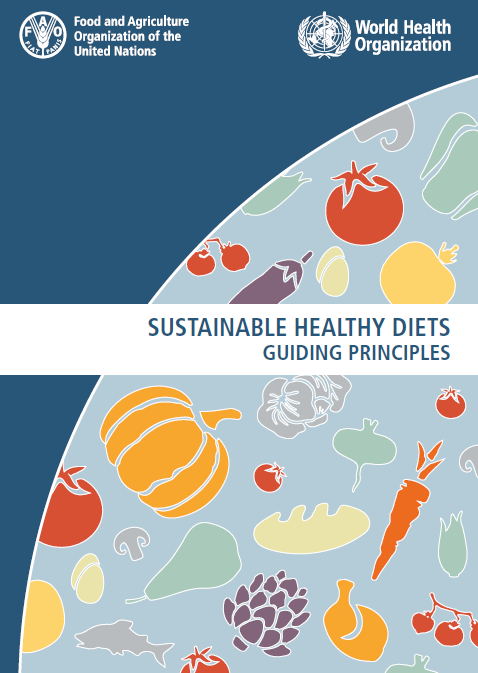
Sustainable healthy diets guiding principles
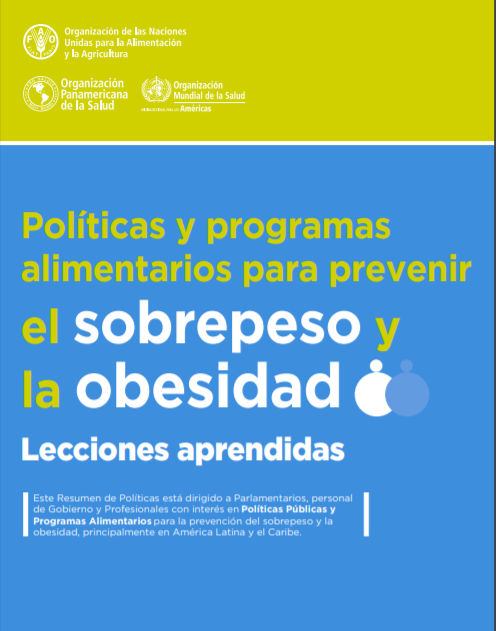
Políticas y programas alimentarios para prevenir el sobrepeso y la obesidad: Lecciones aprendidas
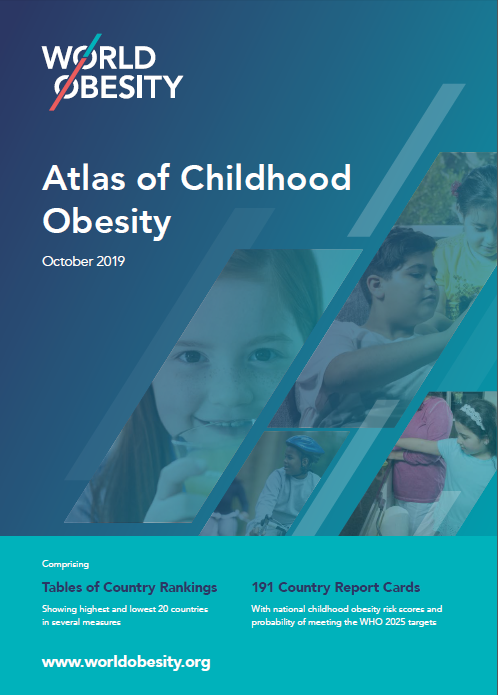
Atlas of childhood obesity
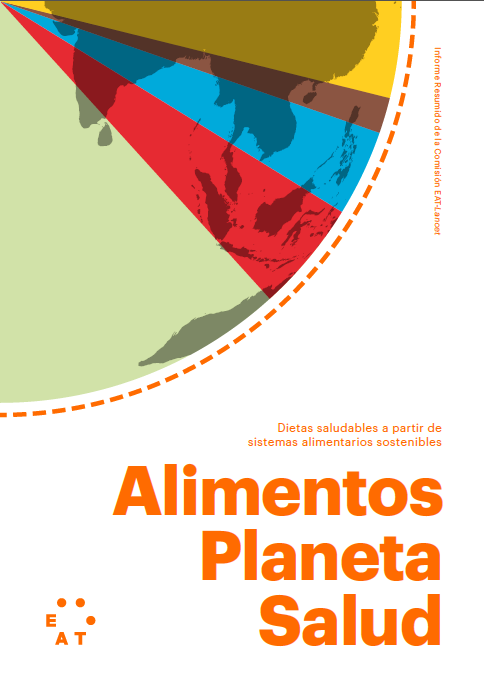
Informe Resumido de la Comisión EAT-Lancet
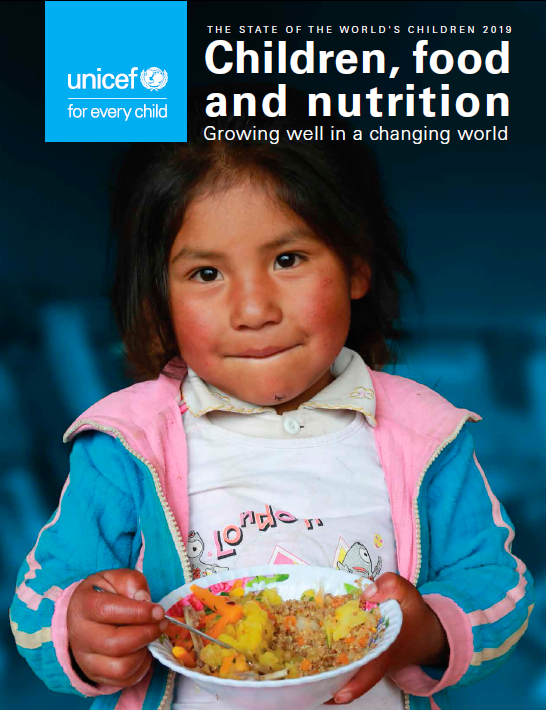
UNICEF’s state of the world’s children report 2019
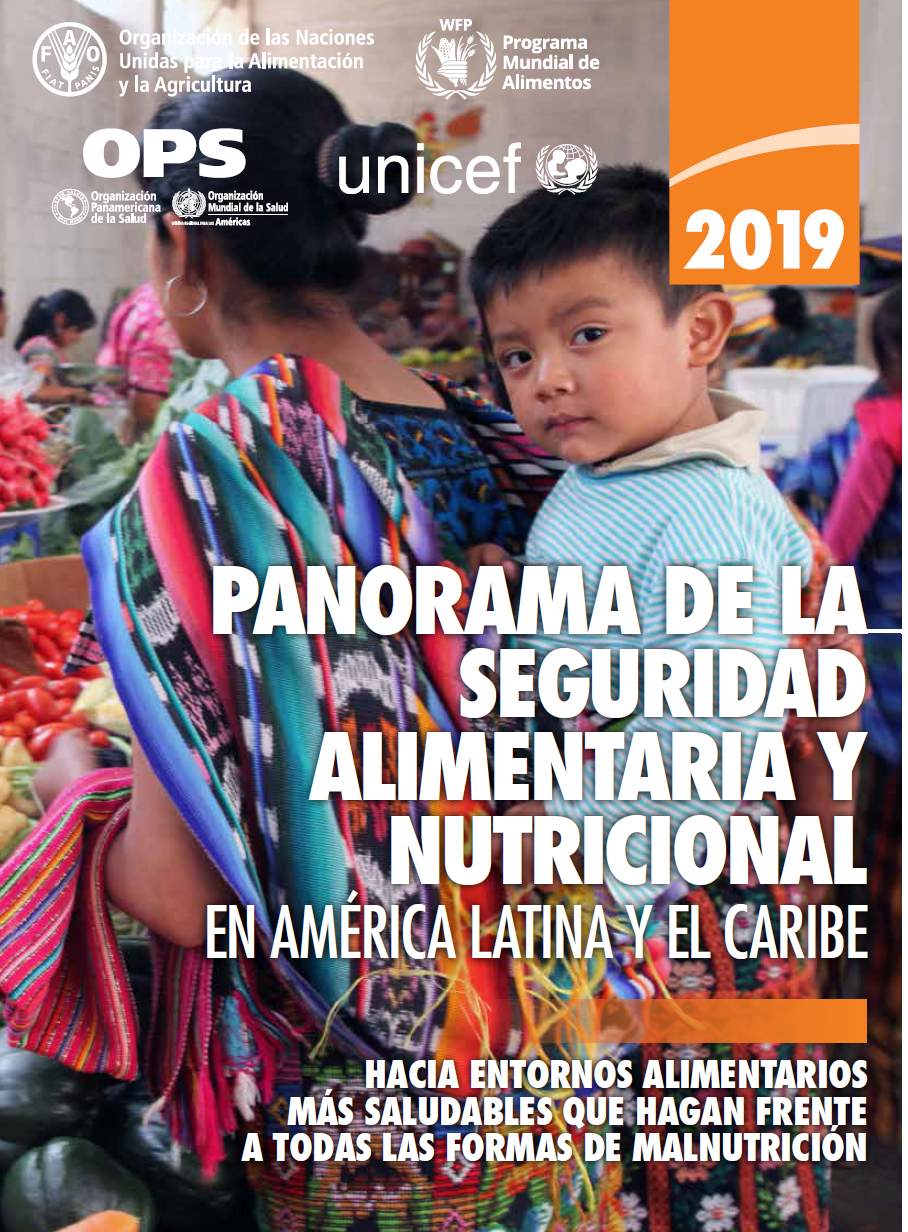
Panorama de la seguridad alimentaria y nutricional en América Latina y el Caribe 2019
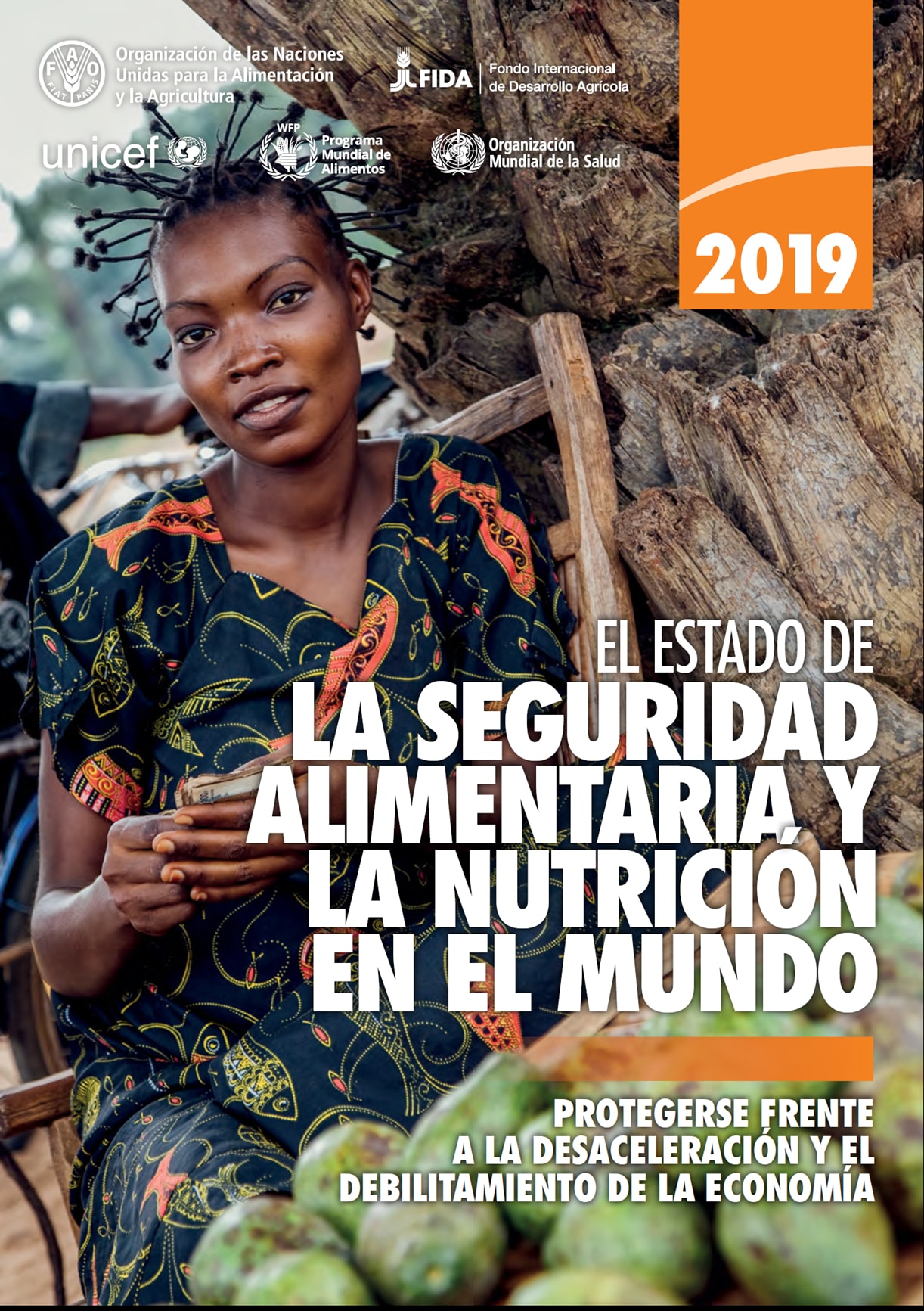
El estado de la seguridad alimentaria y la nutrición en el mundo 2019
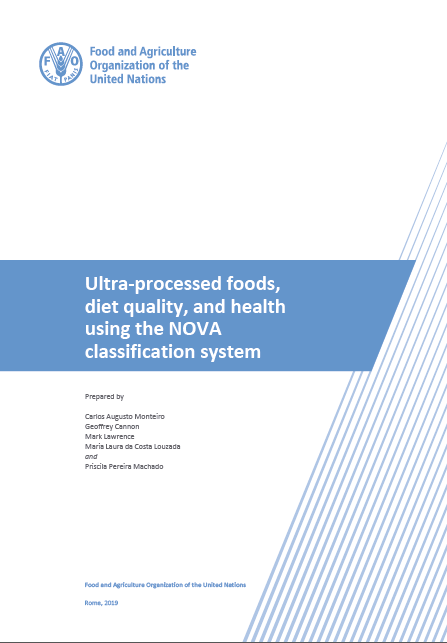
Ultra-processed foods, diet quality, and health using the NOVA classification system
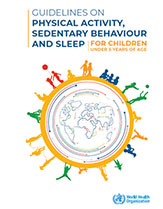
Guidelines on physical activity, sedentary behaviour and sleep for children under 5 years of age
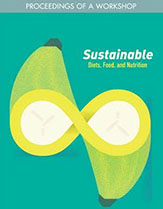
Sustainable – diets, food, and nutrition
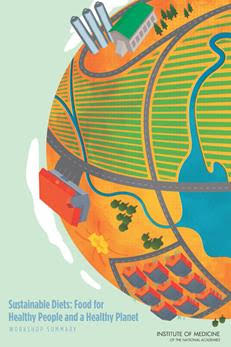
Sustainable diets food for healthy people and a healthy planet
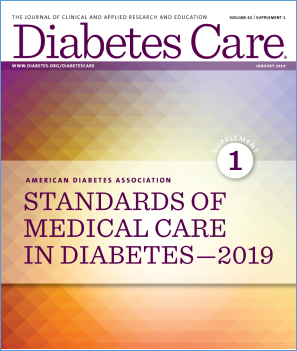
Standards of medical care in diabetes 2019
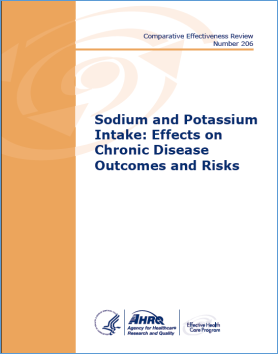
Sodium and potassium intake: Effects on chronic disease outcomes and risks
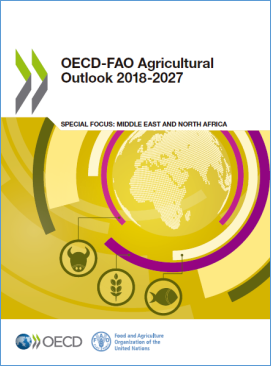
OECD-FAO Agricultural outlook 2018-2027
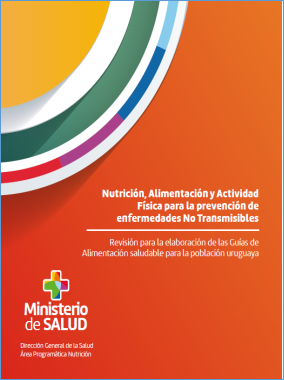
Nutrición, alimentación y actividad física para la prevención de enfermedades no transmisibles
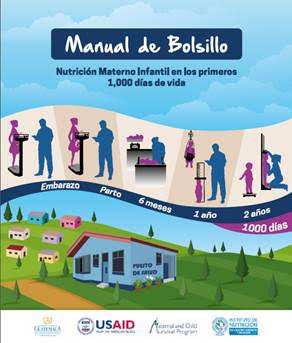
Nutrición materno infantil en los primeros 1000 días de vida
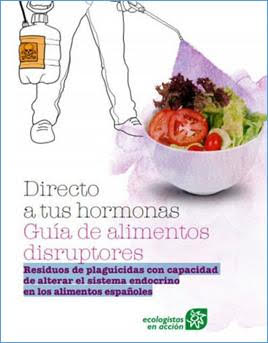
Directo a tus hormonas. Guía de alimentos disruptores
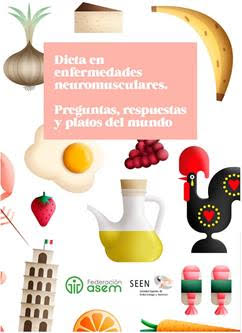
Dieta en enfermedades neuromusculares. Preguntas, respuestas y platos del mundo

Diet, nutrition, physical activity and cancer: a global perspective
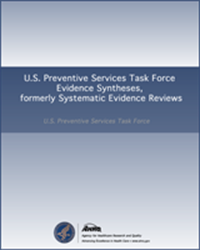
Behavioral and pharmacotherapy weight loss interventions to prevent obesity-related morbidity and mortality in adults
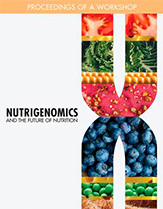
Nutrigenomics and the future of nutrition
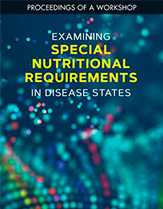
Examining special nutritional requirements in disease states
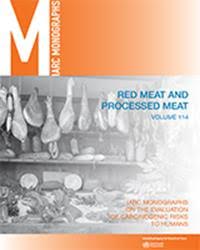
Red meat and processed meat
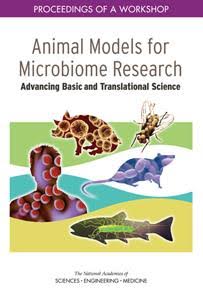
Animal models for microbiome research
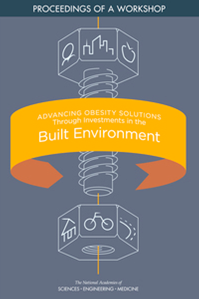
Advancing obesity solutions through investments in the built environment – Proceedings of a workshop
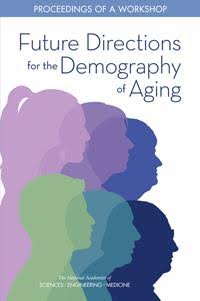
Future directions for the demography of aging – Proceedings of a workshop
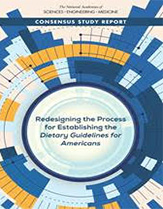
Redesigning the process for establishing the dietary guidelines for americans
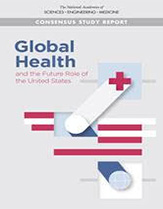
Global health and the future role of the United States
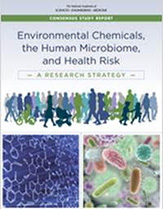
Environmental chemicals, the human microbiome, and health risk
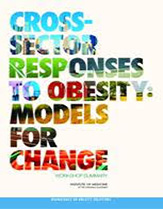
Cross-sector responses to obesity-models for chang workshop summary

Challenges and opportunities for change in food marketing to children and youth workshop summary
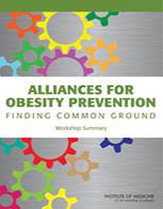
Alliances for obesity prevention: Finding common ground: Workshop summary
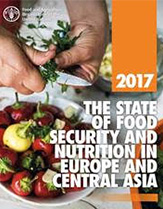
The state of food security and nutrition for Europe and Central Asia 2017

The challenge of treating obesity and overweight
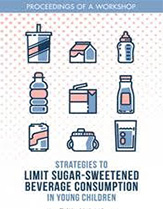
Strategies to limit sugar-sweetened beverage consumption in young children
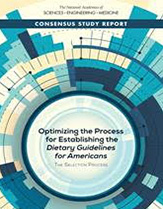
Optimizing the process for establishing the dietary guidelines for americans – The selection process
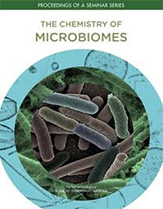
The chemistry of microbiomes – Proceedings of a seminar series
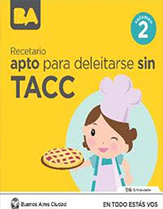
Recetario para deleitarse sin TACC
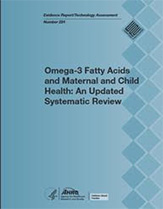
Omega-3 fatty acids and maternal and child health – An updated systematic review
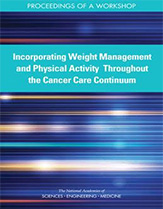
Incorporating weight management and physical activity throughout the cancer care Continuum
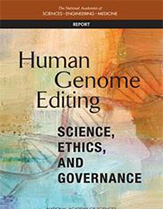
Human genome editing – Science, ethics, and governance
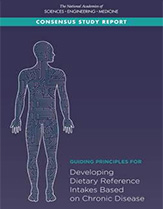
Principles for developing dietary reference intakes based on chronic disease
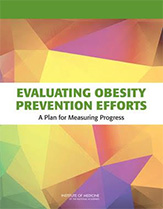
Evaluating obesity prevention efforts – A plan for measuring progress
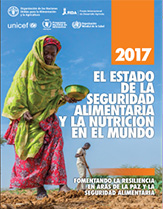
El estado de la seguridad alimentaria y la nutrición en el mundo
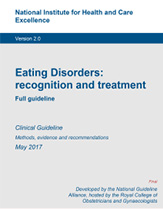
Eating disorders: recognition and treatment
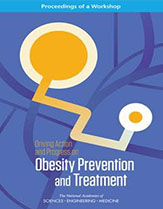
Driving action and progress on obesity prevention and treatment
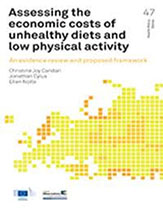
Assessing the economic costs of unhealthy diets and low physical activity
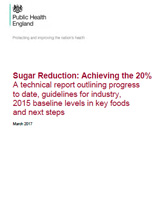
Sugar reduction: Achieving the 20%
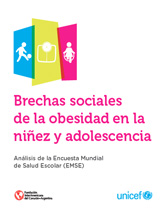
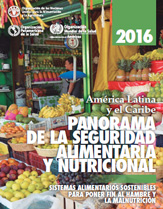
Panorama de la seguridad alimentaria y nutricional 2016
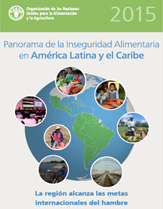
Panorama de la inseguridad alimentaria en América Latina y el Caribe
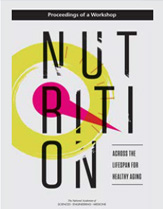
Nutrition across the lifespan for healthy aging
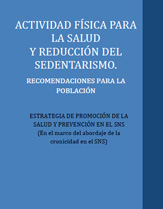
Actividad física para la salud y la reducción del sedentarismo
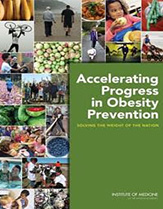
Accelerating progress in obesity prevention
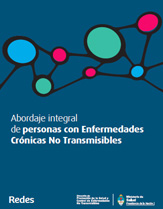
Abordaje integral de personas con enfermedades crónicas no transmisibles
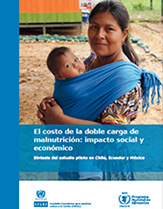
El costo de la doble carga de malnutrición: impacto social y económico
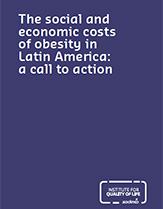
The social and economic costs of obesity in Latin America: a call to action
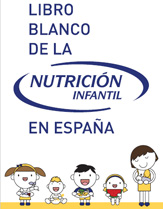
Libro blanco de la nutrición infantil
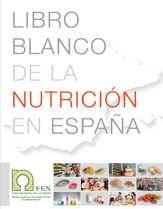
Libro blanco de la nutrición en España
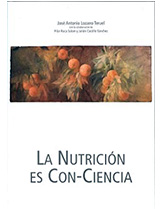
La nutrición es conciencia
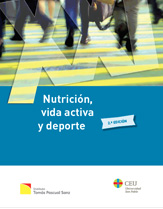
Nutrición, vida activa y deporte
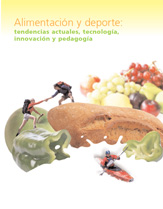
Alimentación y deporte

Genes, ciencia y dieta

Food and nutrition guidelines for healthy older people
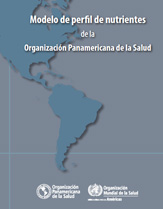
Modelo de perfil de nutrientes de la Organización Panamericana de la Salud
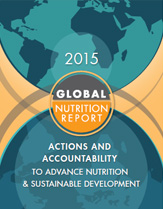
Global nutrition report
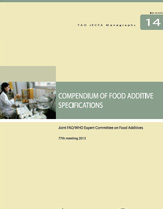
Joint FAO-WHO Expert Committee on food fdditives
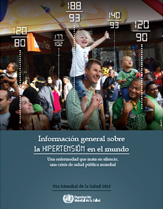
Información general sobre la hipertensión en el mundo
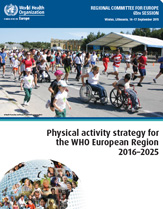
Physical activity strategy for the WHO European Region 2016-2025
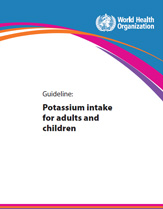
Potassium intake for adults and children
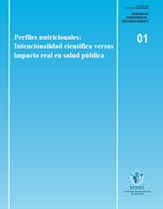
Perfiles nutricionales
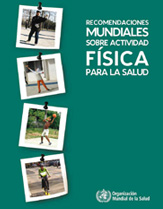
Recomendaciones mundiales sobre actividad física para la salud OMS
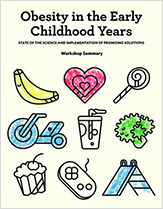
Obesity in the early childhood years
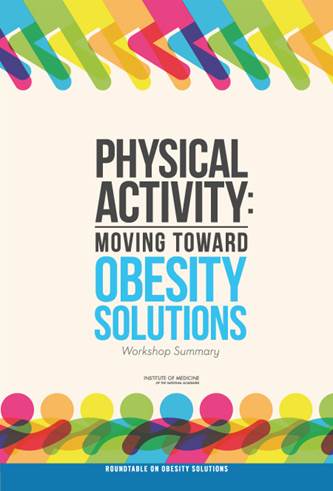
Physical activity – Moving toward obesity solutions
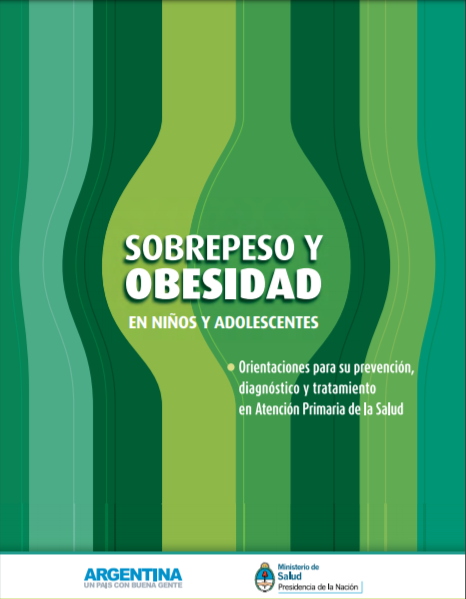
Sobrepeso y obesidad en niños y adolescentes
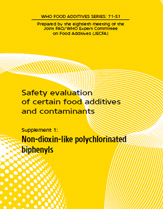
Safety evaluation of certain food additives and contaminants
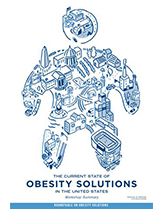
The current state of obesity solutions in the United States
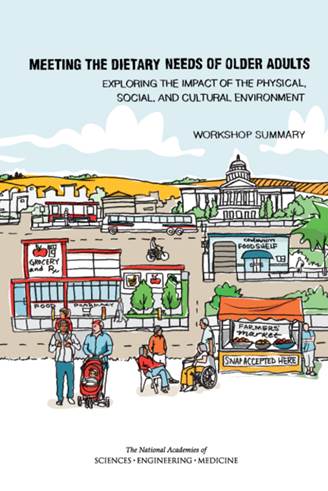
Meeting the dietary needs of older adults- Exploring the impact of the physical, social, and cultural environment
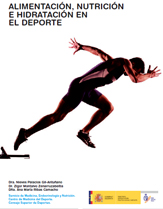
Alimentación, nutrición e hidratación en el deporte
Número NIPO: 663-09-051-X. Depósito Legal: M-14321-2009. Editado por el Consejo Superior de deportes y la Colaboración de Compañía de Servicios de Bebidas Refrescantes, S.L. (Coca-Cola España)
Madrid, marzo 2009.
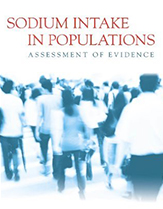
Sodium intake for adults and children
WHO Library Cataloguing-in-Publication Data Guideline1: Sodium intake for adults and children.
1.Sodium, Dietary. 2.Chronic disease – prevention and control. 3.Guideline. I.World Health Organization. ISBN 97892 41504836.
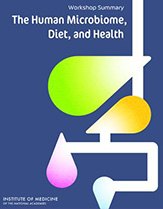
The Human Microbiome, Diet, and Health – Workshop Summary
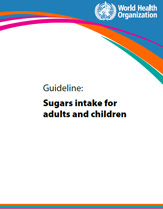
Guideline- Sugars intake for adult and children
WHO Library Cataloguing-in-Publication Data Guideline: sugars intake for adults and children. 1.Carbohydrates. 2.Dietary Sucrose – administration and dosage. 3.Dental Caries – prevention and
control. 4.Obesity – prevention and control. 5.Chronic Disease – prevention and control. 6.Energy Intake. 7.Food Habits. 8.Recommended Dietary Allowances. 9.Guideline. 10.Adult. 11.Child. I.World Health Organization. ISBN 978 92 4 154902 8.
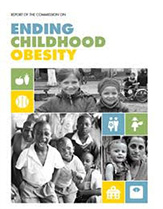
Ending Childhood Obesity
WHO Library Cataloguing-in-Publication Data Report of the commission on ending childhood obesity.
1.Pediatric Obesity – prevention and control. 2.Child. 3.Feeding Behavior. 4.Food Habits. 5.Exercise. Diet. 7.Health Promotion. 8.National Health Programs. I.World Health Organization. ISBN 978 92 4 151006 6.
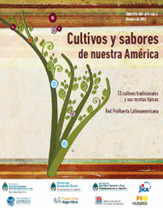
Cultivos y Sabores de Nuestra América
Este recetario que presentamos, es fruto de acciones de cooperación técnica entre países latinoamericanos con quienes emprendimos políticas, programas o estrategias vinculadas a la autoproducción de alimentos, la seguridad y soberanía alimentaria.
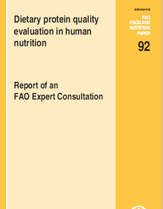
Dietary protein quality evaluation in human nutrition
The committee would like to thank Dr Shane Rutherfurd of the Riddet Institute, Massey University, New Zealand for supplying data for the exemplar calculations of DIAAS and Dr Joyce Boye of Agriculture and Agri-Food Canada, for providing the examples of the calculation of DIAAS given in Section IV (2) of the report.
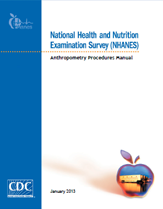
Anthropometry Procedures Manual
Anthropometry is the study of the measurement of the human body in terms of the dimensions of bone, muscle, and adipose (fat) tissue. The word “anthropometry” is derived from the Greek word “anthropo” meaning “human” and the Greek word “metron” meaning “measure” (Ulajaszek, 1994).
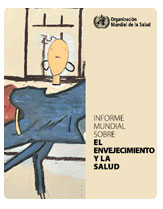
Informe Mundial sobre el envejecimiento y la salud
Informe mundial sobre el envejecimiento y la salud.
- Envejecimiento.
- Esperanza de Vida.
- Anciano.
- Servicios de Salud para Ancianos.
- Salud Global.
- Dinámica de Población.
- Prestación de Atención de Salud.
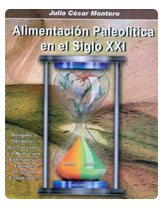
Libro Alimentación Paleolítica en el siglo XXI
Montero, Julio Cesar
Alimentación paleolítica en el siglo XXI – 1a ed. – Buenos Aires
Librería Akadia Editorial, 2011.
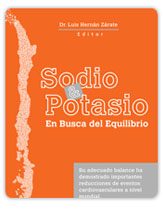
Libro Sodio & Potasio En busca del Equilibrio
Editor Científico: Dr. Luis H. Zárate M. Producción y Diseño: Puente 2 Editores & Creativos Ricardo Matte Pérez 0160, Providencia, Santiago. Tel/Fax (56-2) 378 3833 E-mail info@puente2.com Impreso por Salviat Impresores Tiraje 7000 ejemplares
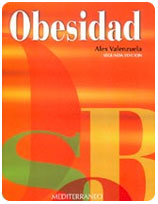
Obesidad
Dr. Alex Valenzuela Montero. Segunda Edición Es un texto que explora los aspectos básicos y avanzados de los numerosos descubrimientos en el campo de la obesidad en los últimos años, que han modificado radicalmente nuestros antiguos conocimientos, especialmente sobre su etiología y fisiopatología. El apoyo de la ingeniería genética en la experimentación animal y su extrapolación al hombre, ha permitido ir descifrando paulatinamente los intricados mecanismos neuroendocrinos de la regulación de la alimentación, lo cual nos acerca cada vez más a esa fascinante posibilidad de que en un futuro mediato podamos contar con novedosos y efectivos tratamientos para esta epidemia del siglo XXI. En sus páginas, también se examina la obesidad desde el diagnóstico hasta su tratamiento, incluyendo consecuencias metabólicas y sus repercusiones en la salud. En resumen, una obra indispensable, reúne de una manera ágil y atractiva un visión completa de los principales avances en obesidad, dirigida a todos aquellos profesionales de la salud que se interesen por conocer más de ella. Editorial Mediterráneo. Teléfono: 56-2-2321494
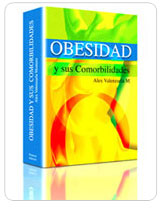
Obesidad y sus Comorbilidades
Dr. Alex Valenzuela Montero. Es el título de su nuevo libro recientemente publicado por el Dr. Alex Valenzuela, que en sus más de 800 páginas, condensadas en 27 capítulos, explora de manera clara, precisa, actualizada y didáctica lo más importante sobre obesidad y sus patologías asociadas, brindando un concepto integral de ella, abarcando desde la fisiología del tejido adiposo hasta su tratamiento. En resumen, un texto indispensable para todos aquellos profesionales y estudiantes de la salud que se interesen por conocer más de esta epidemia del siglo XXI.
